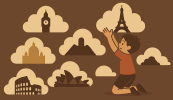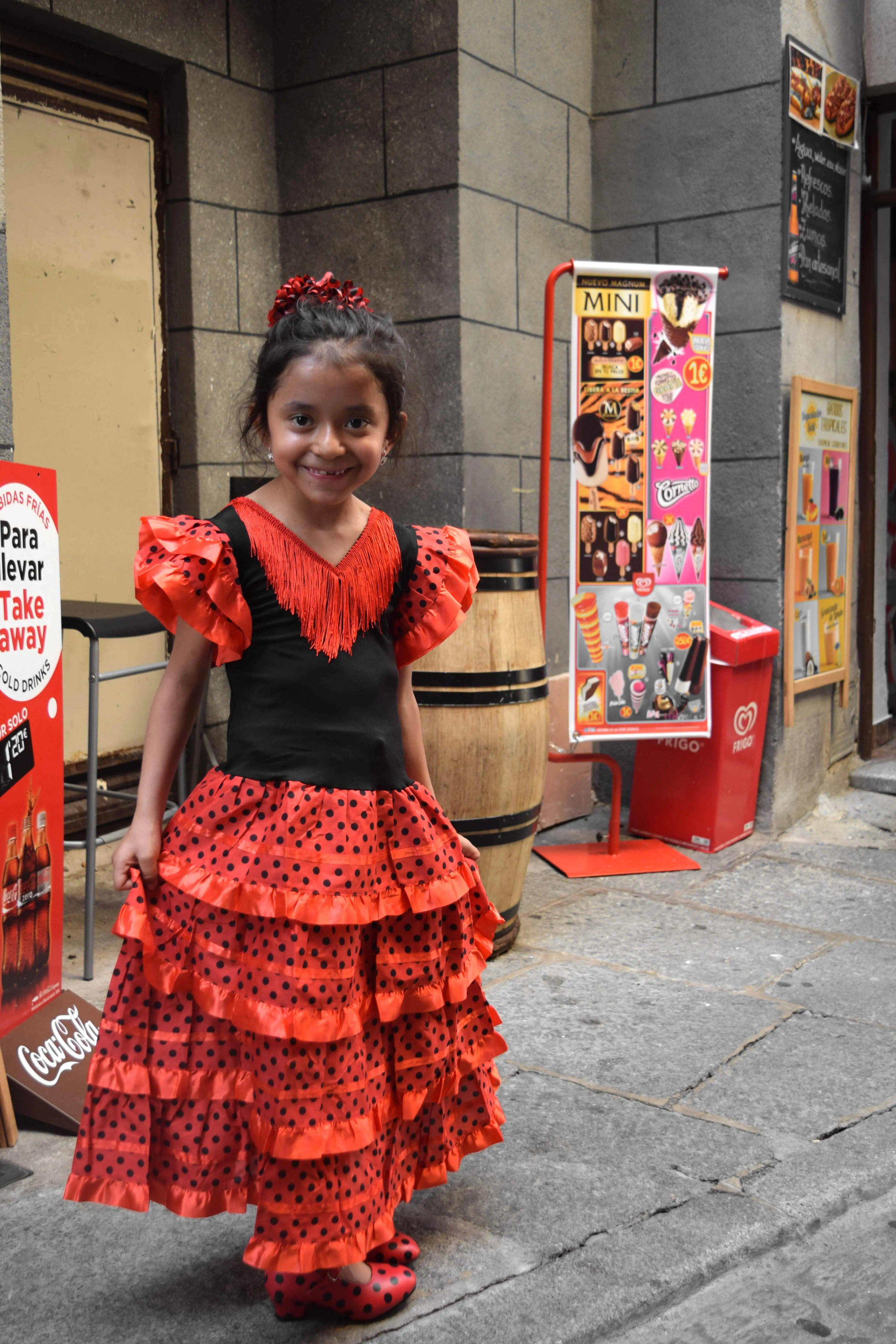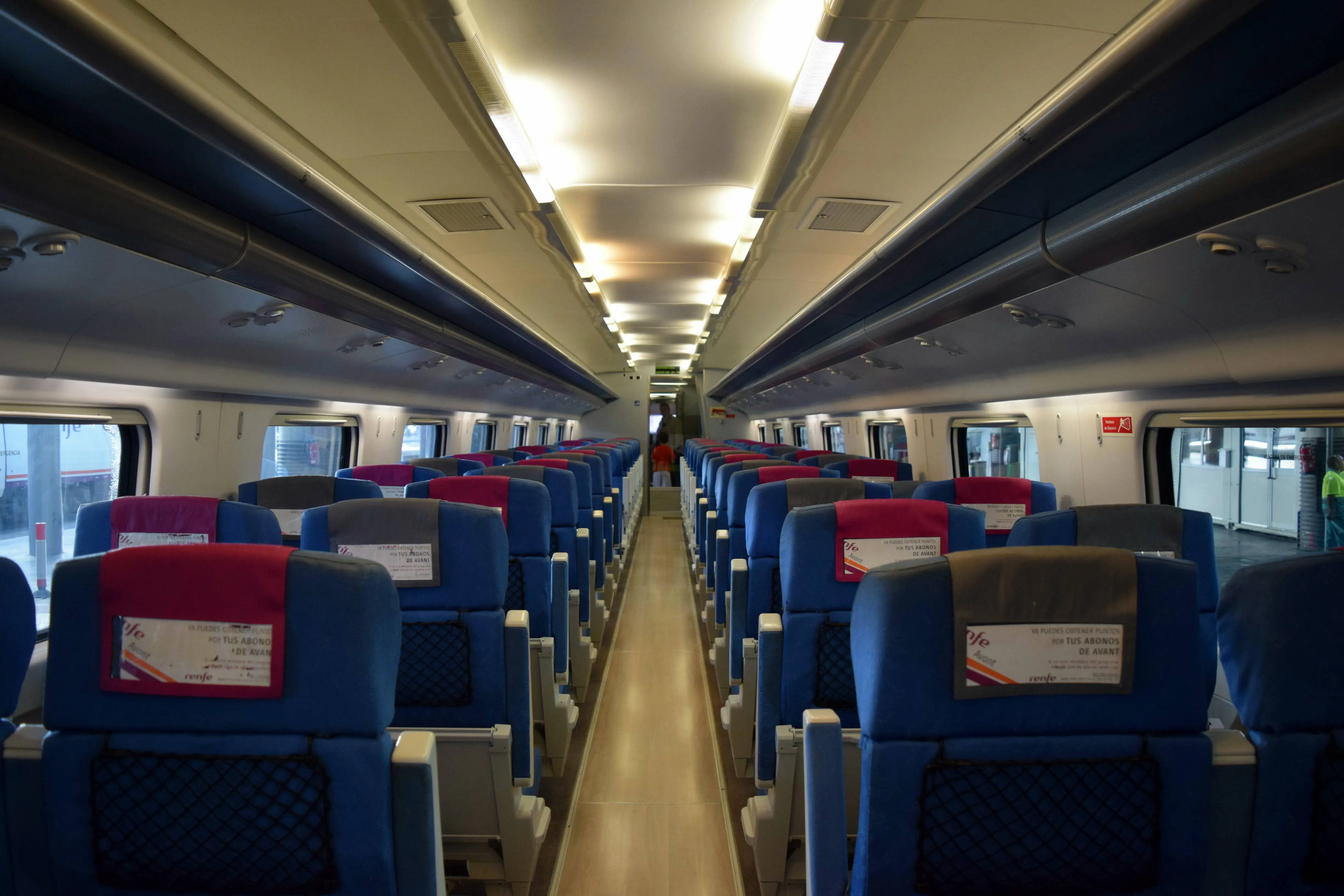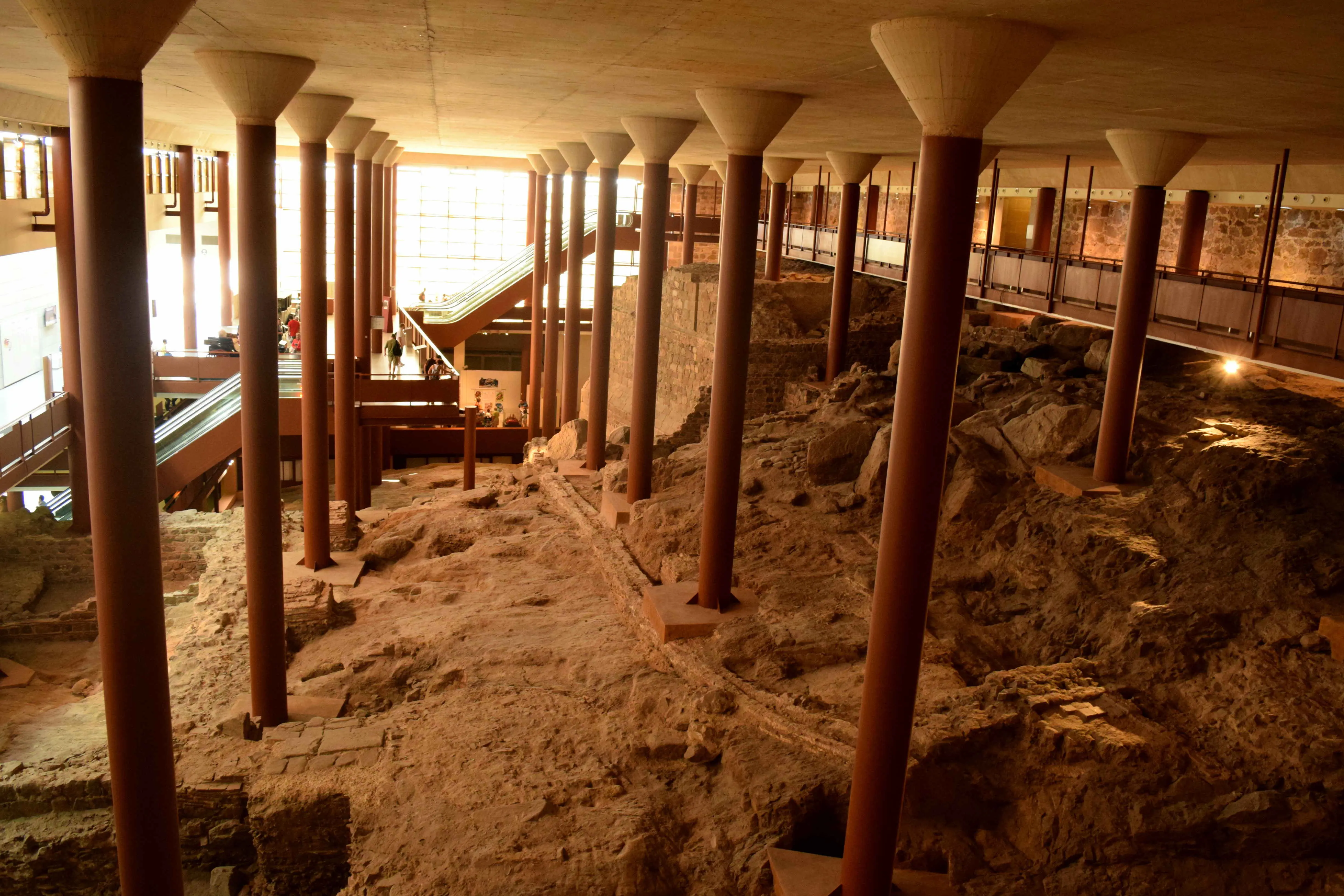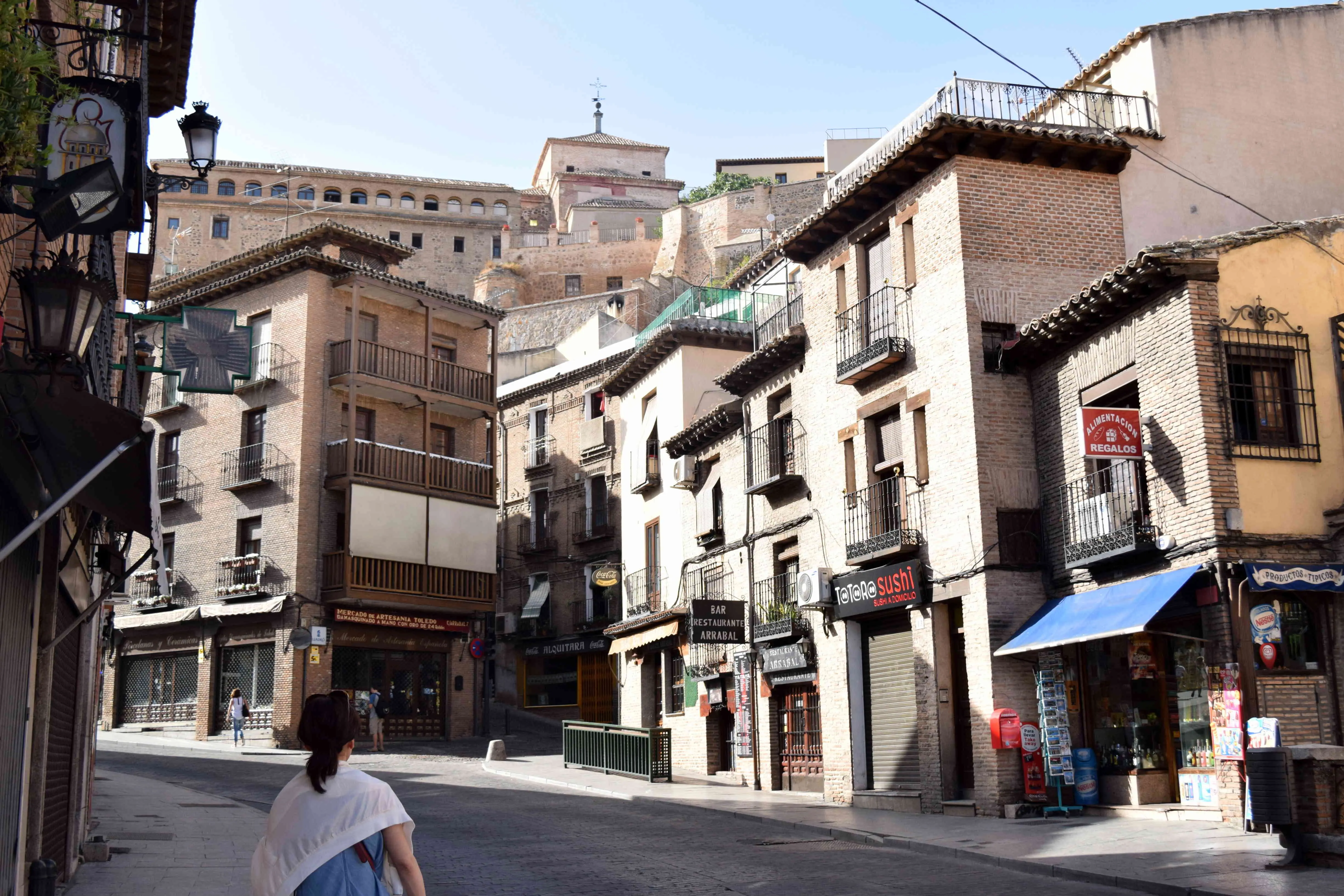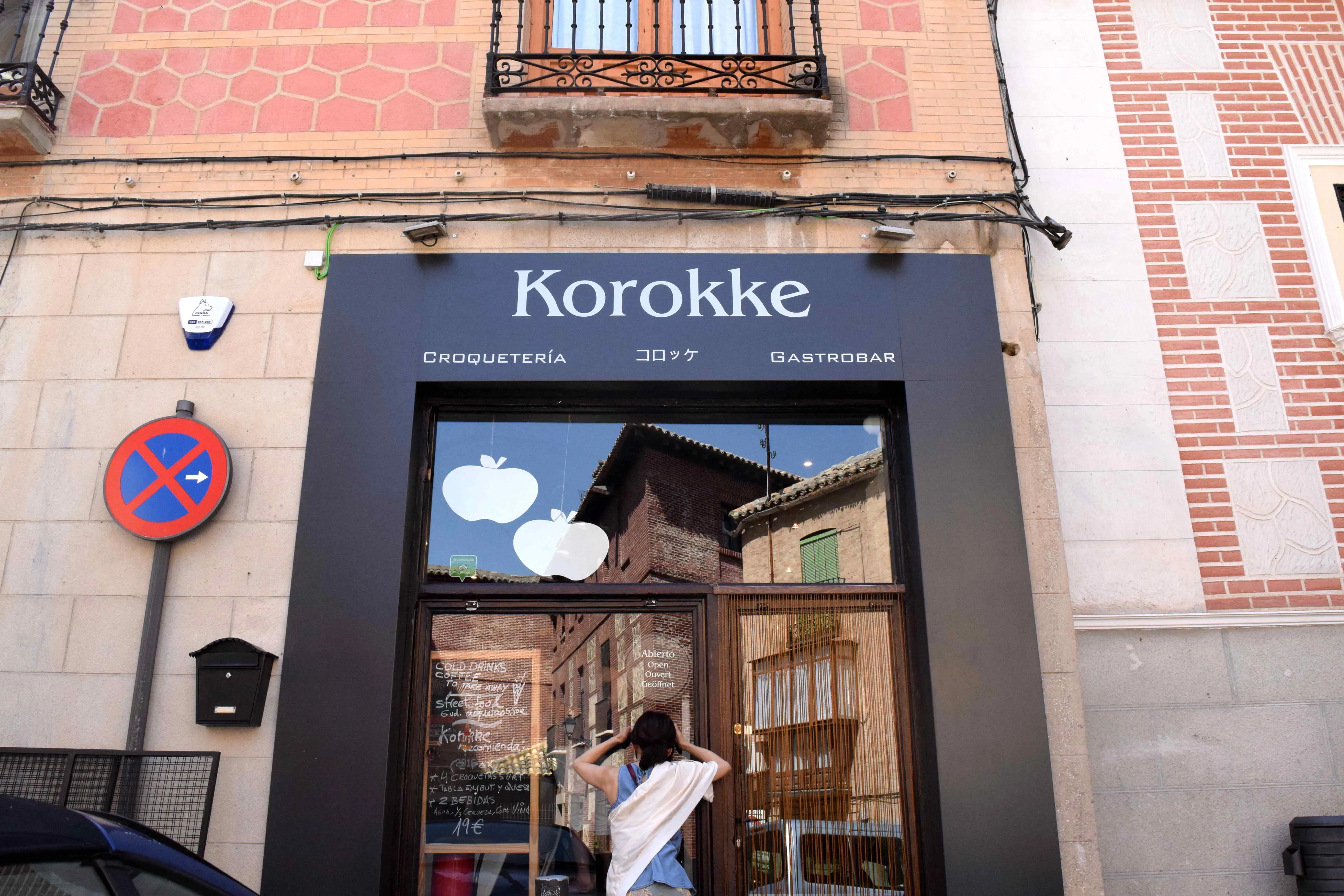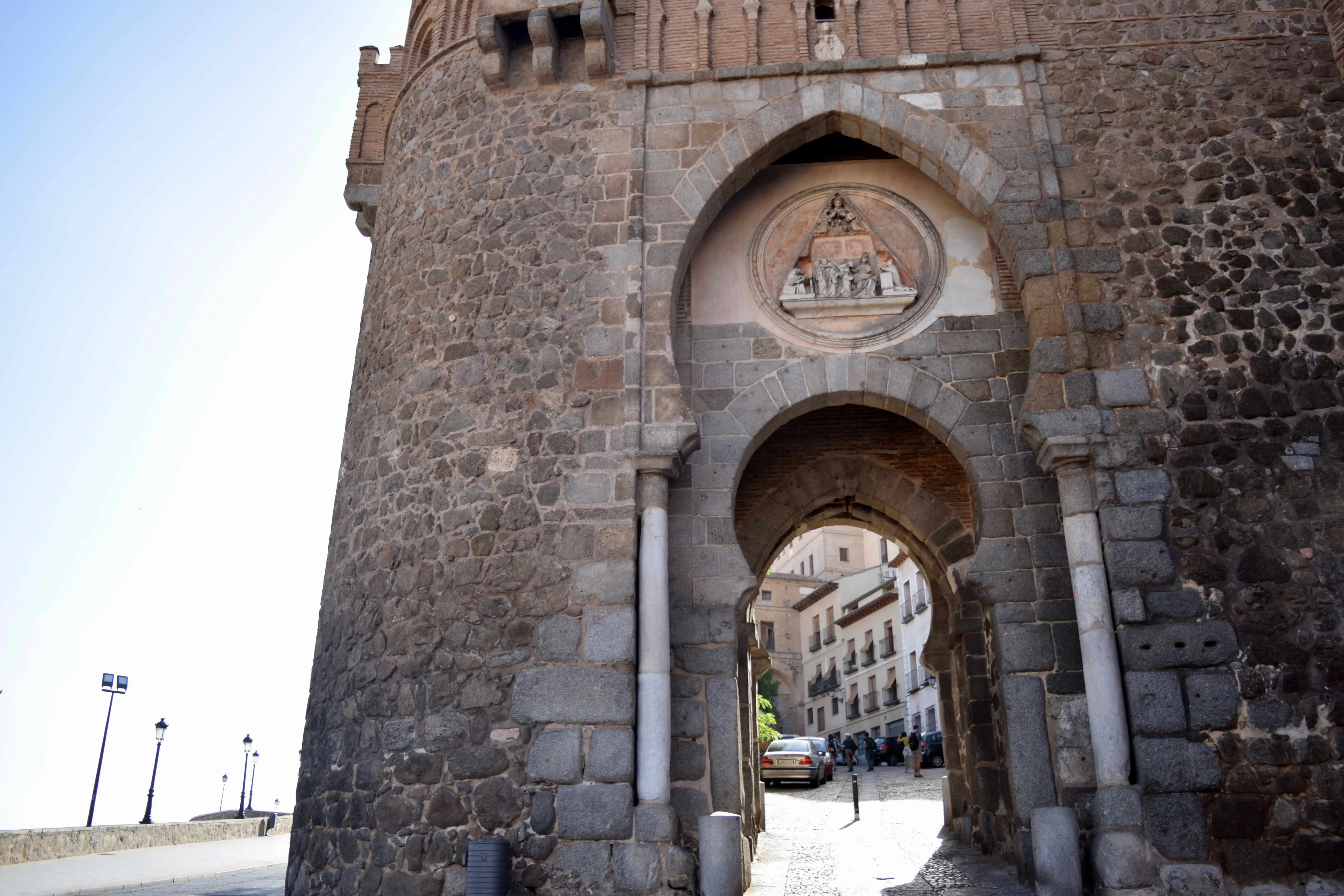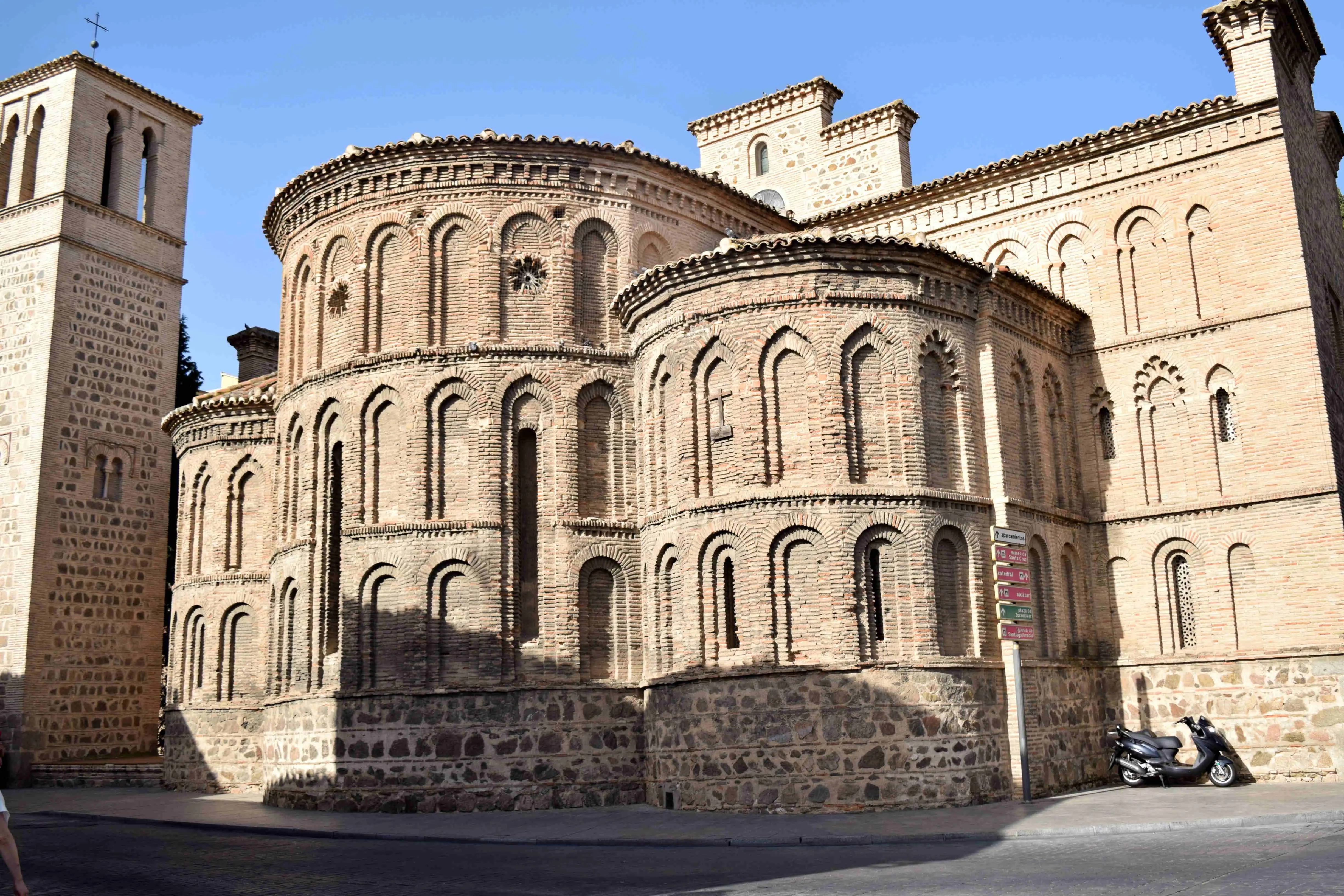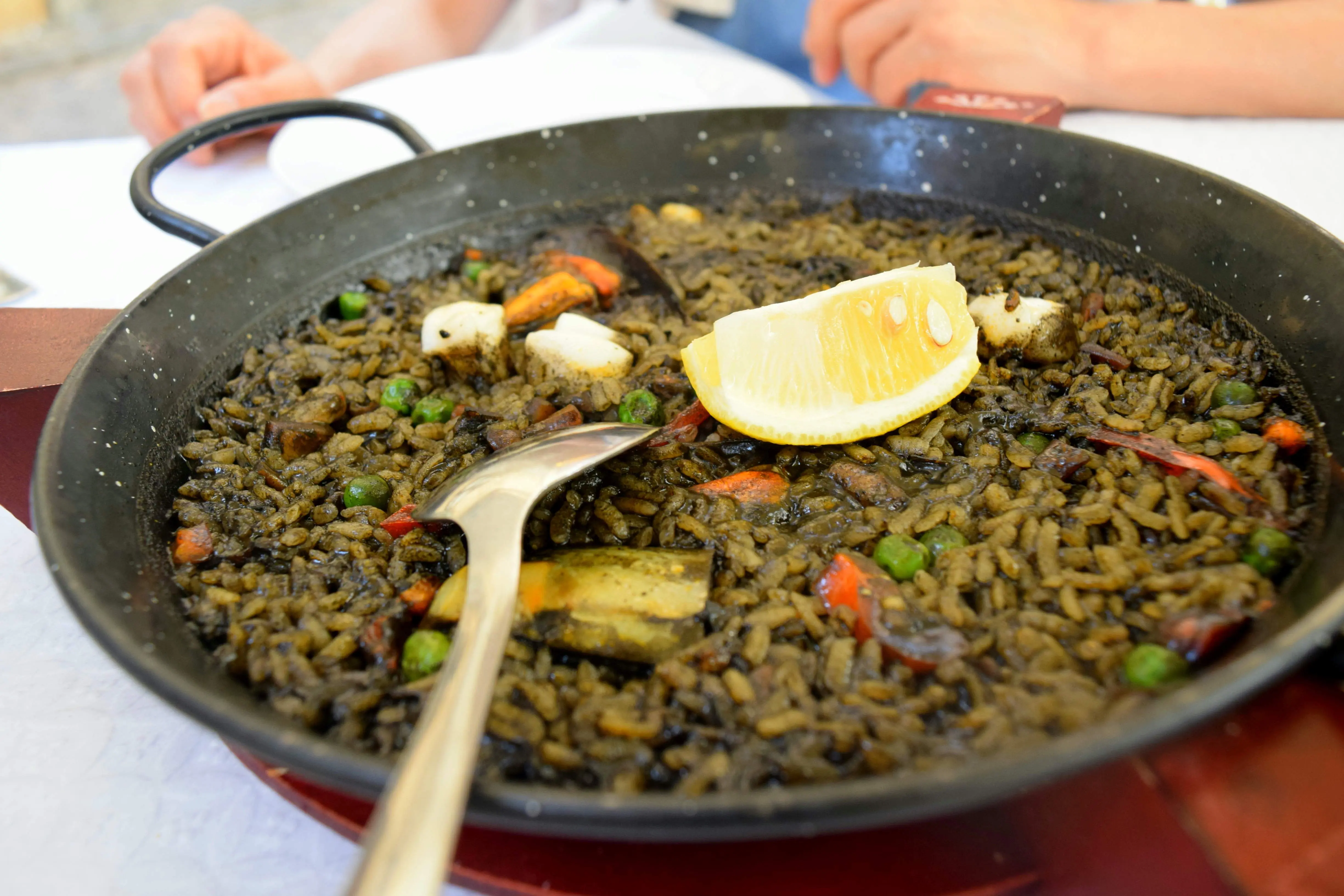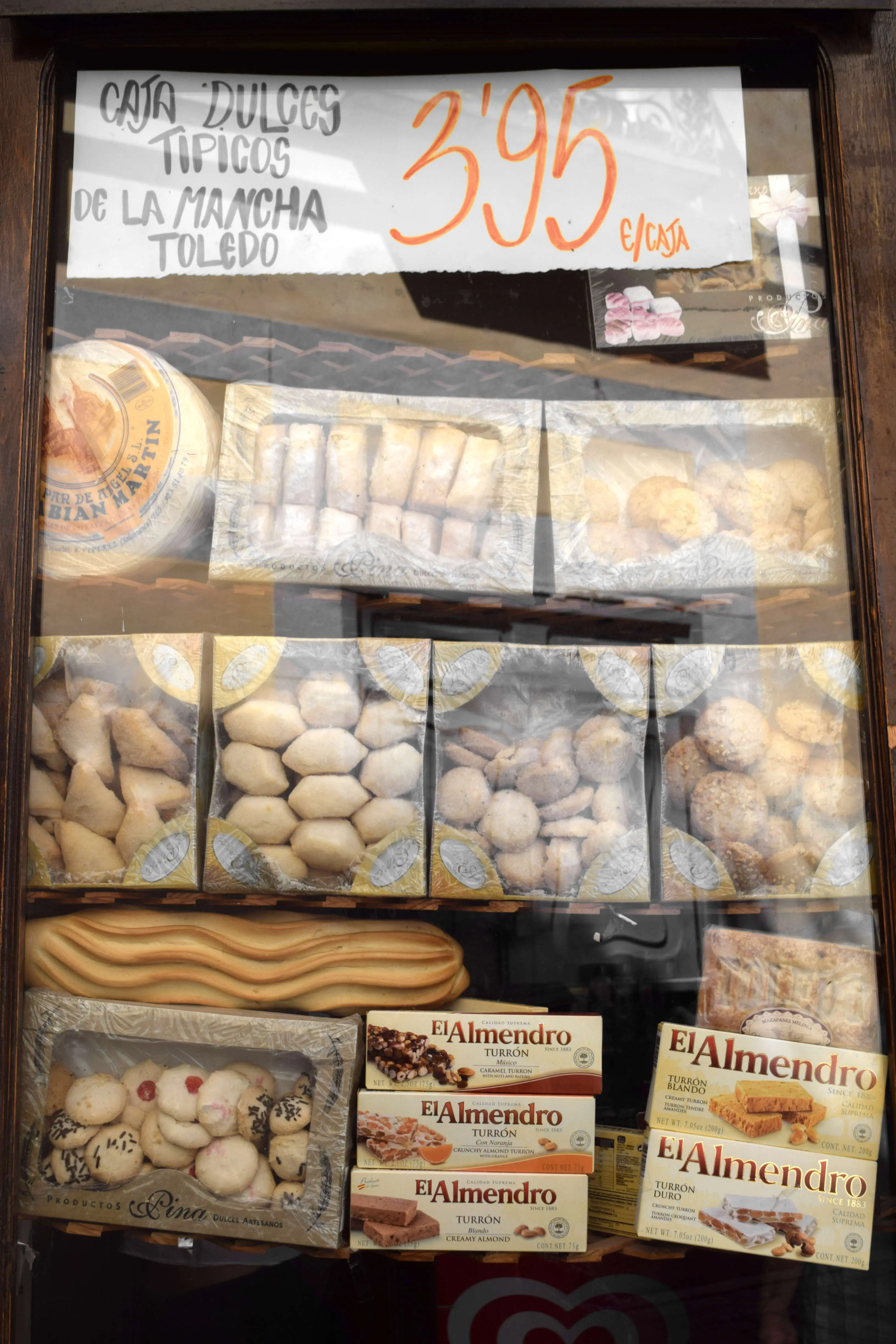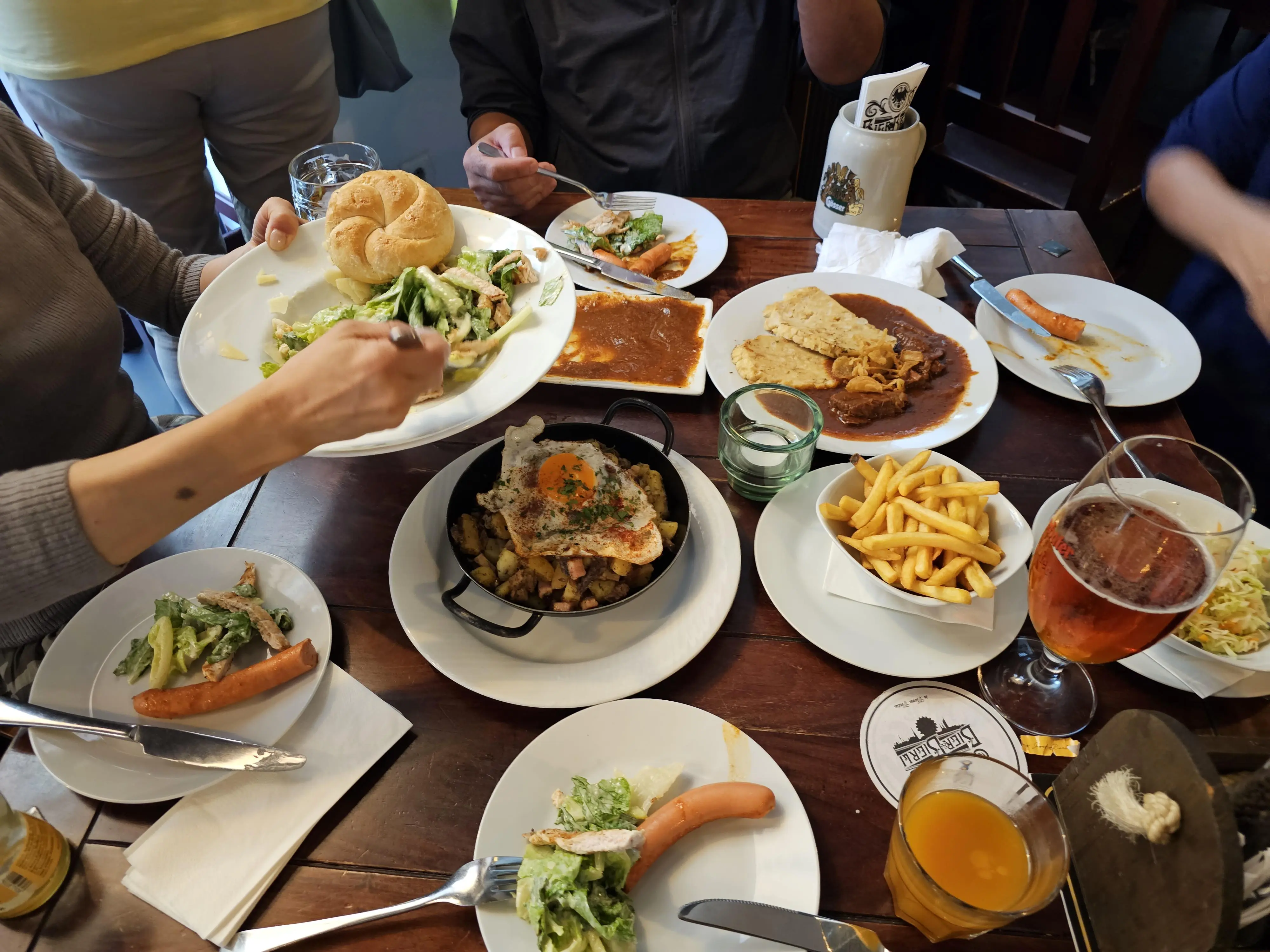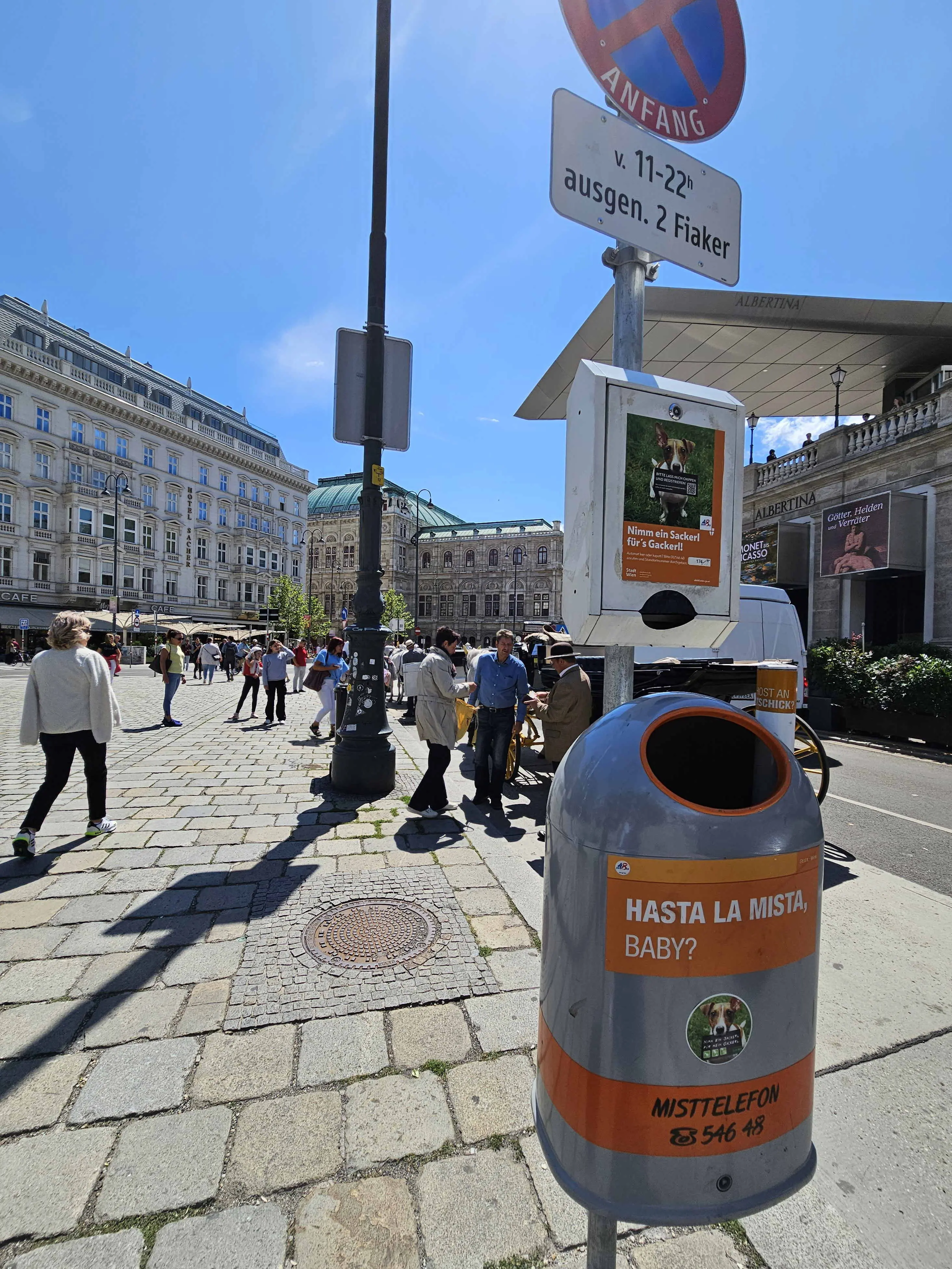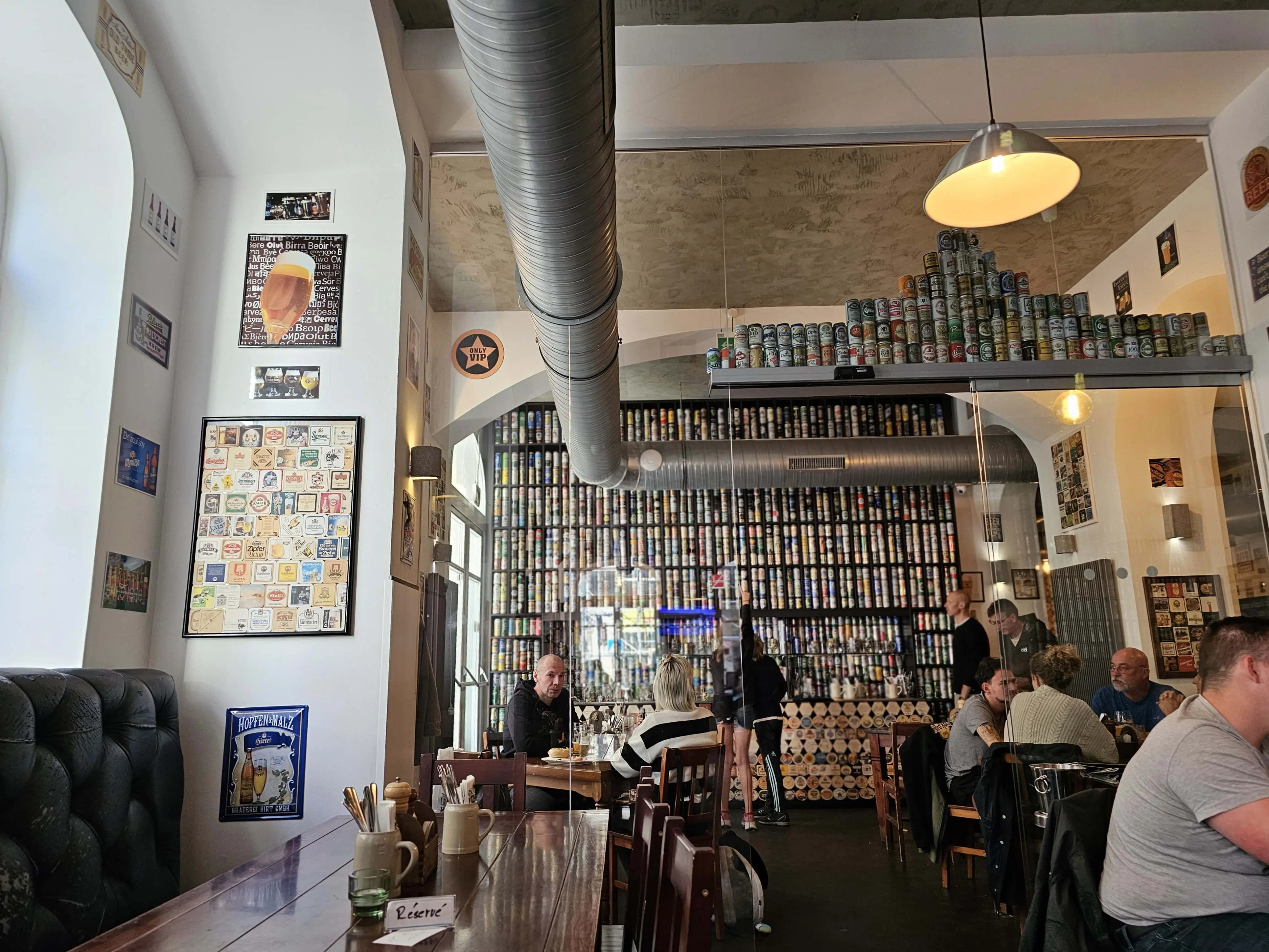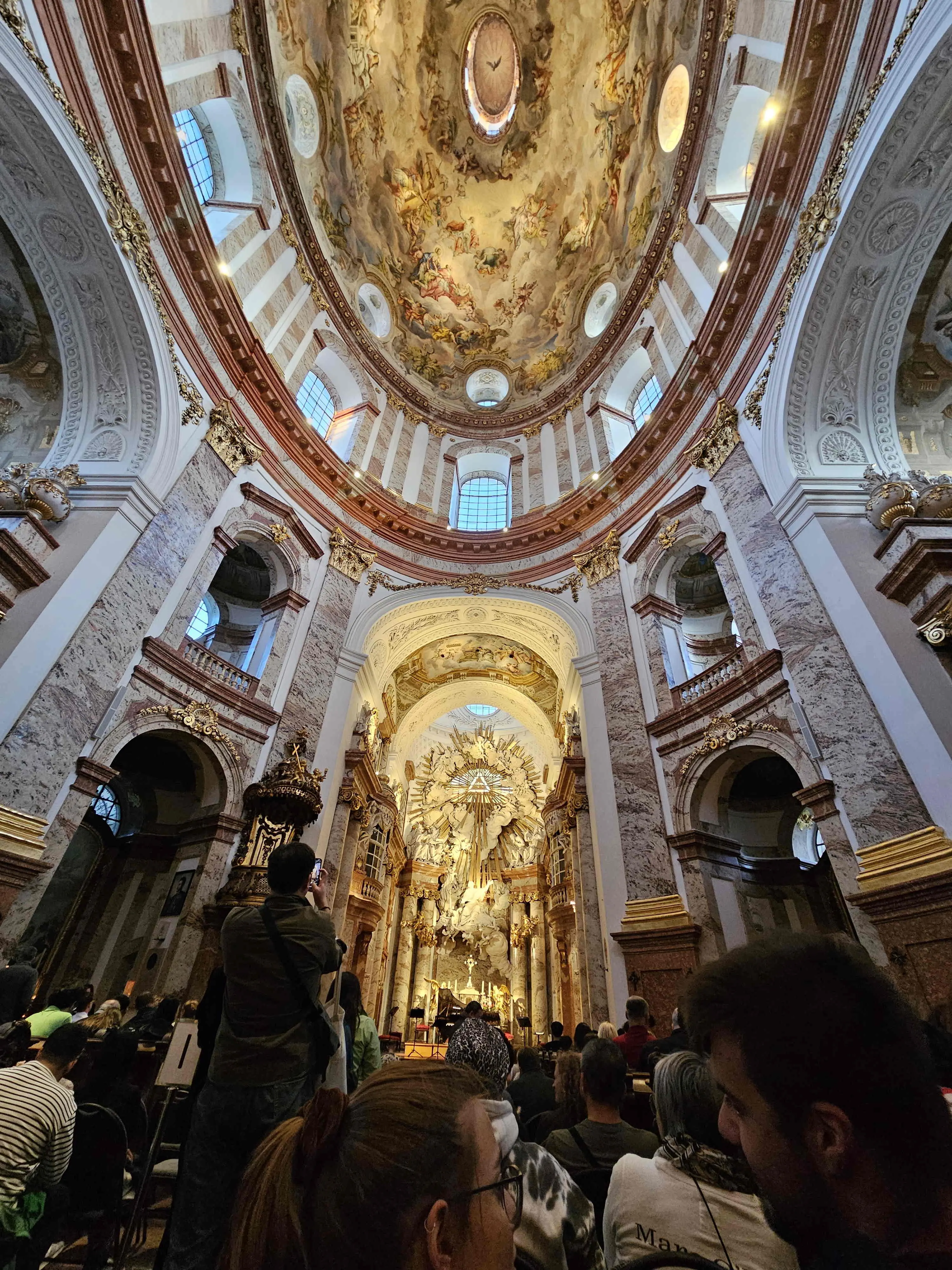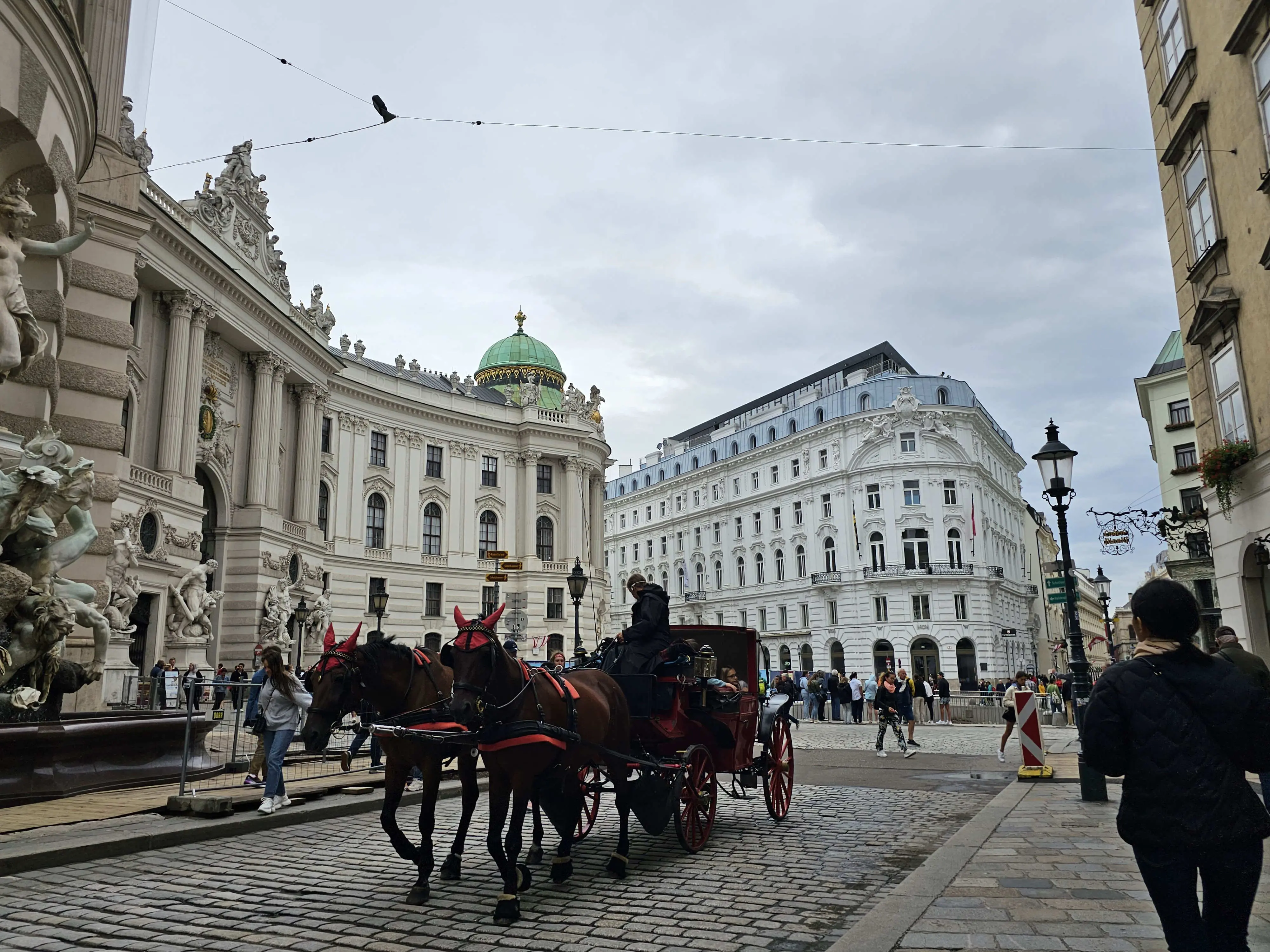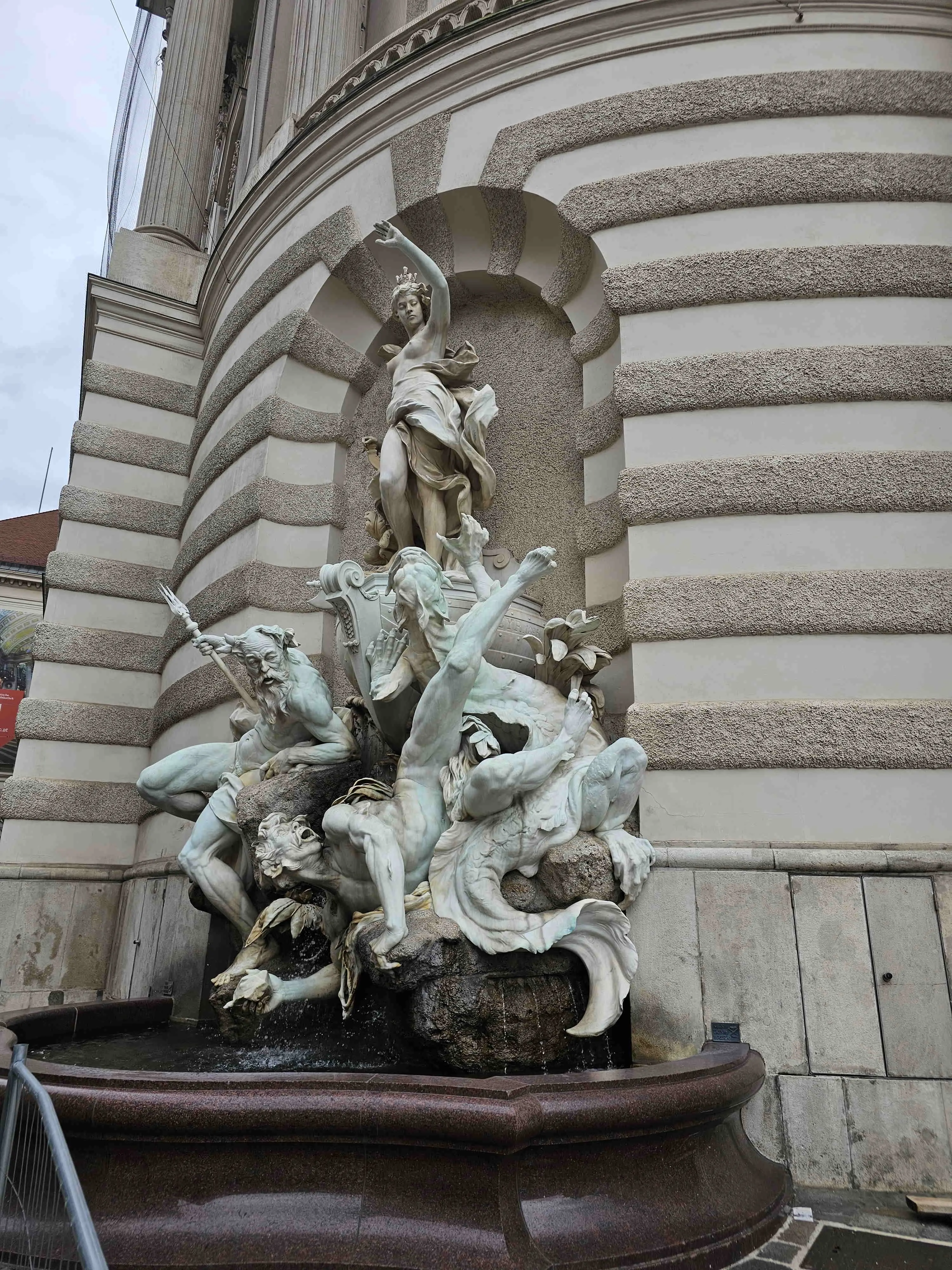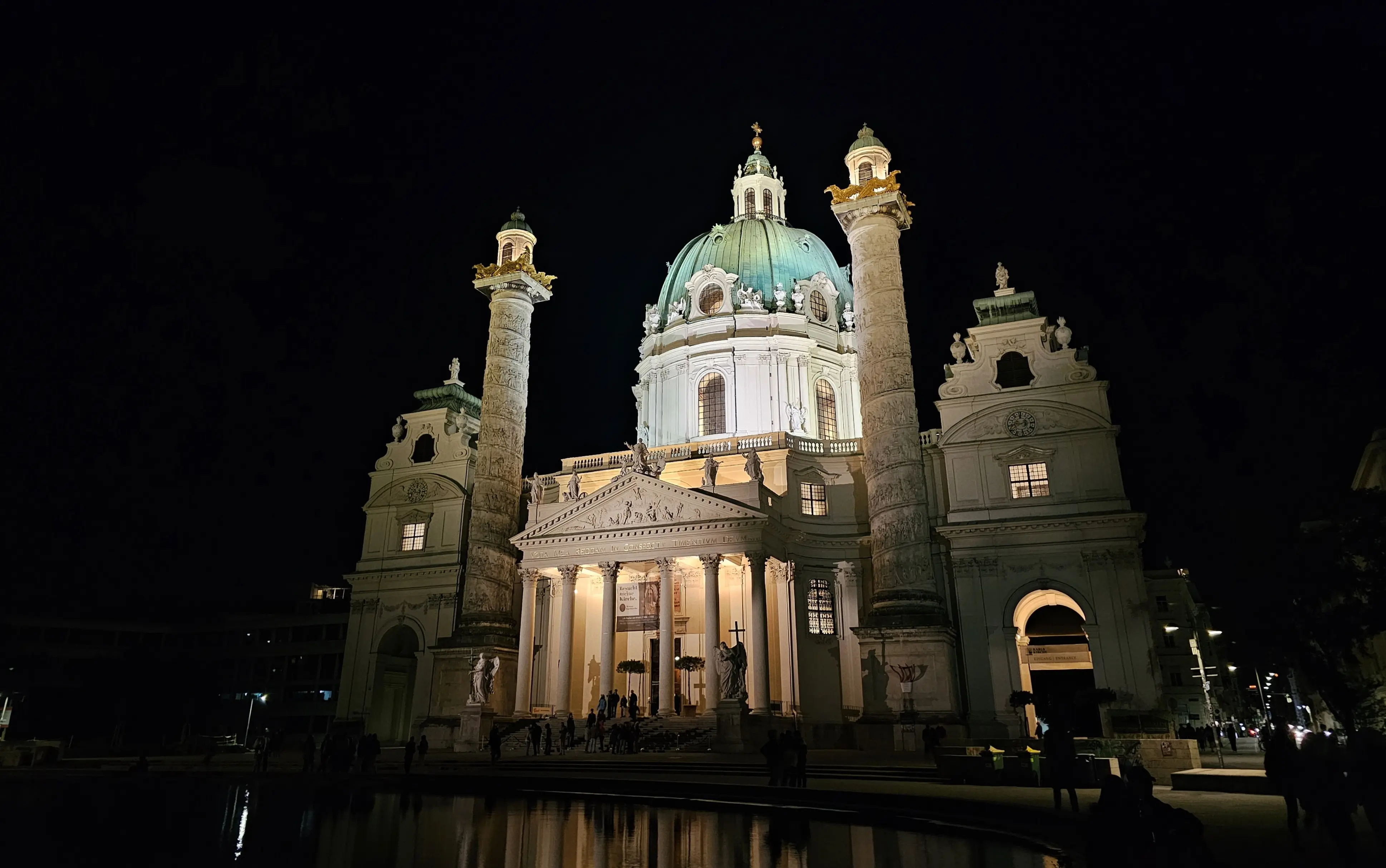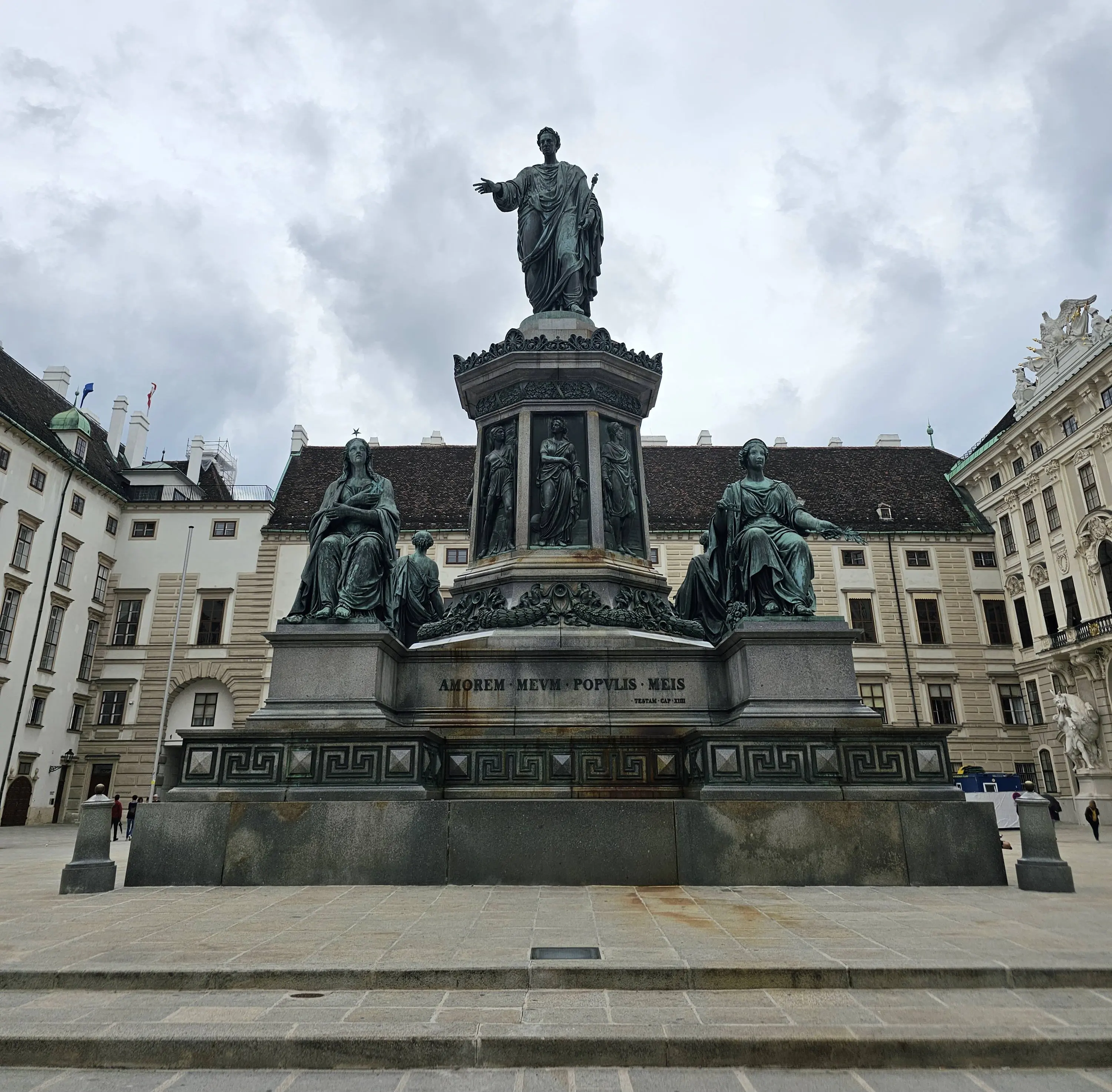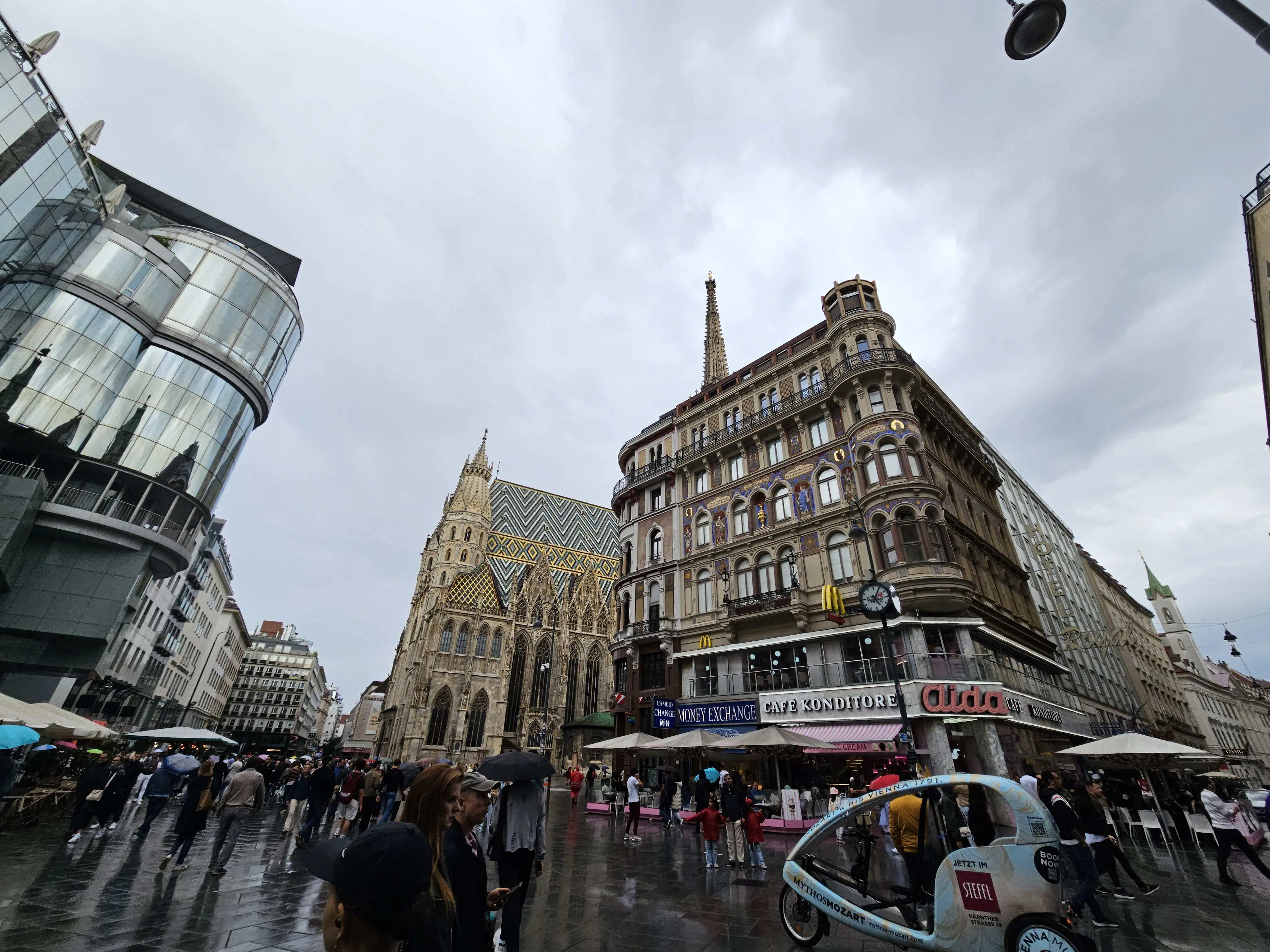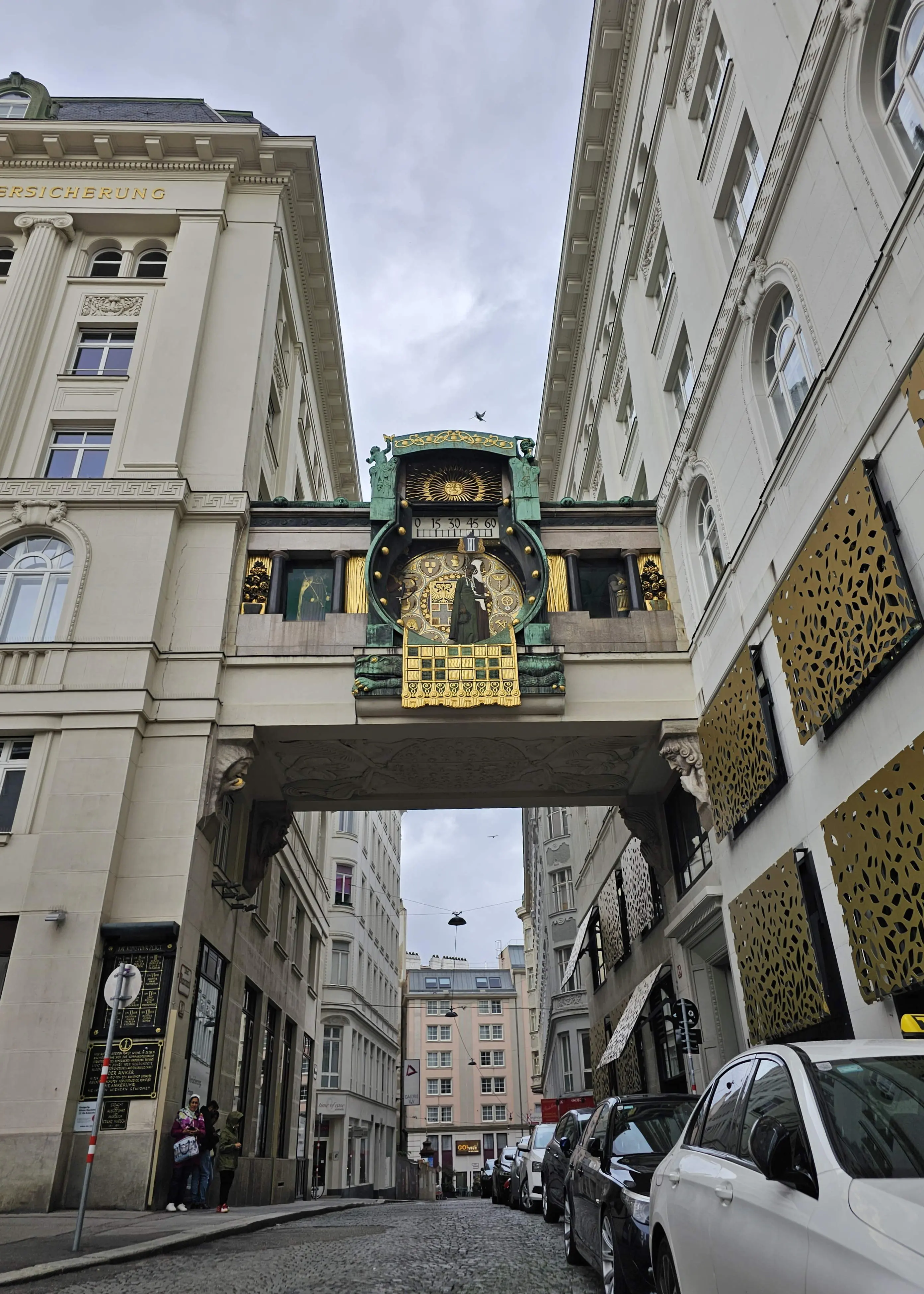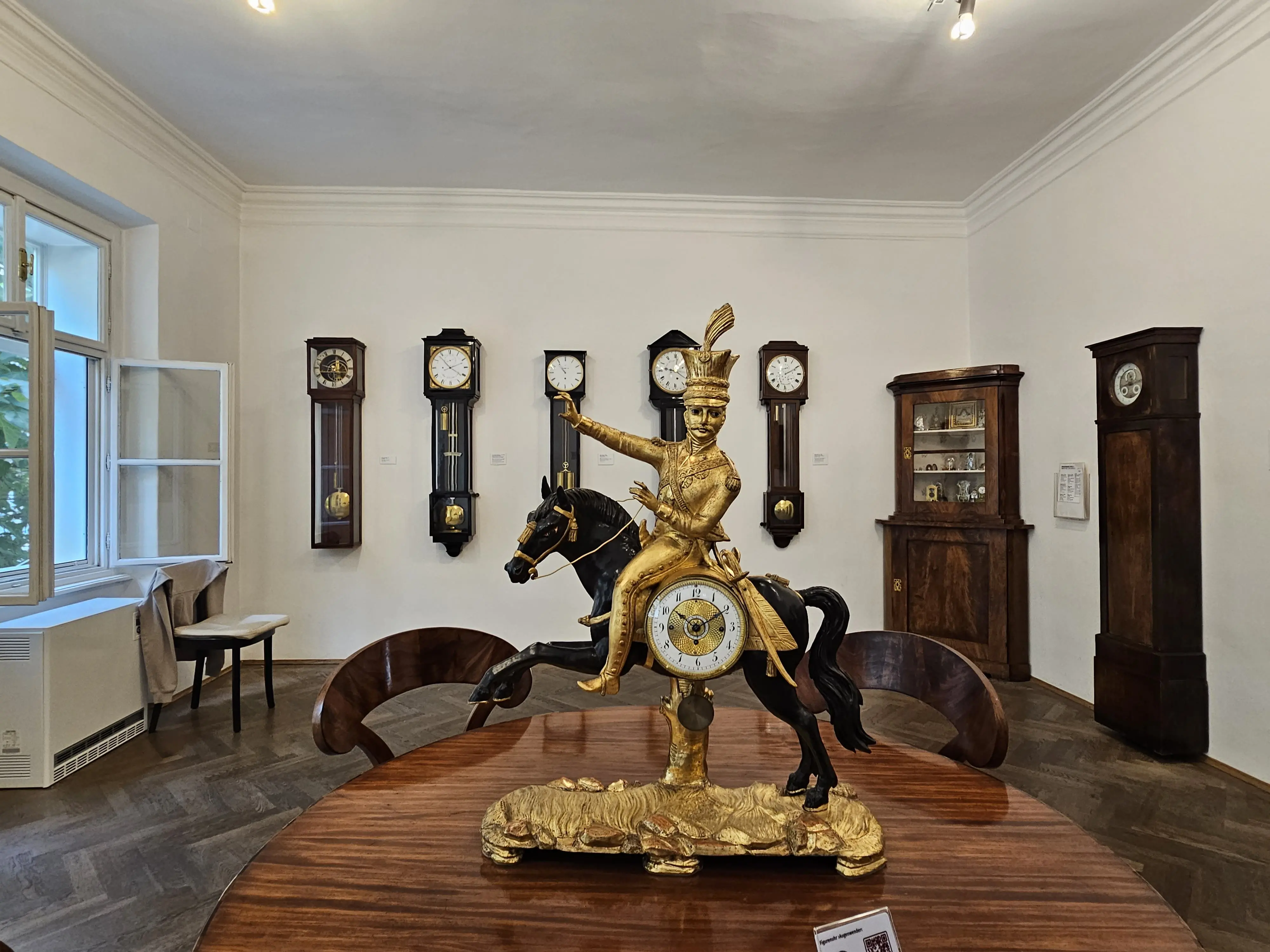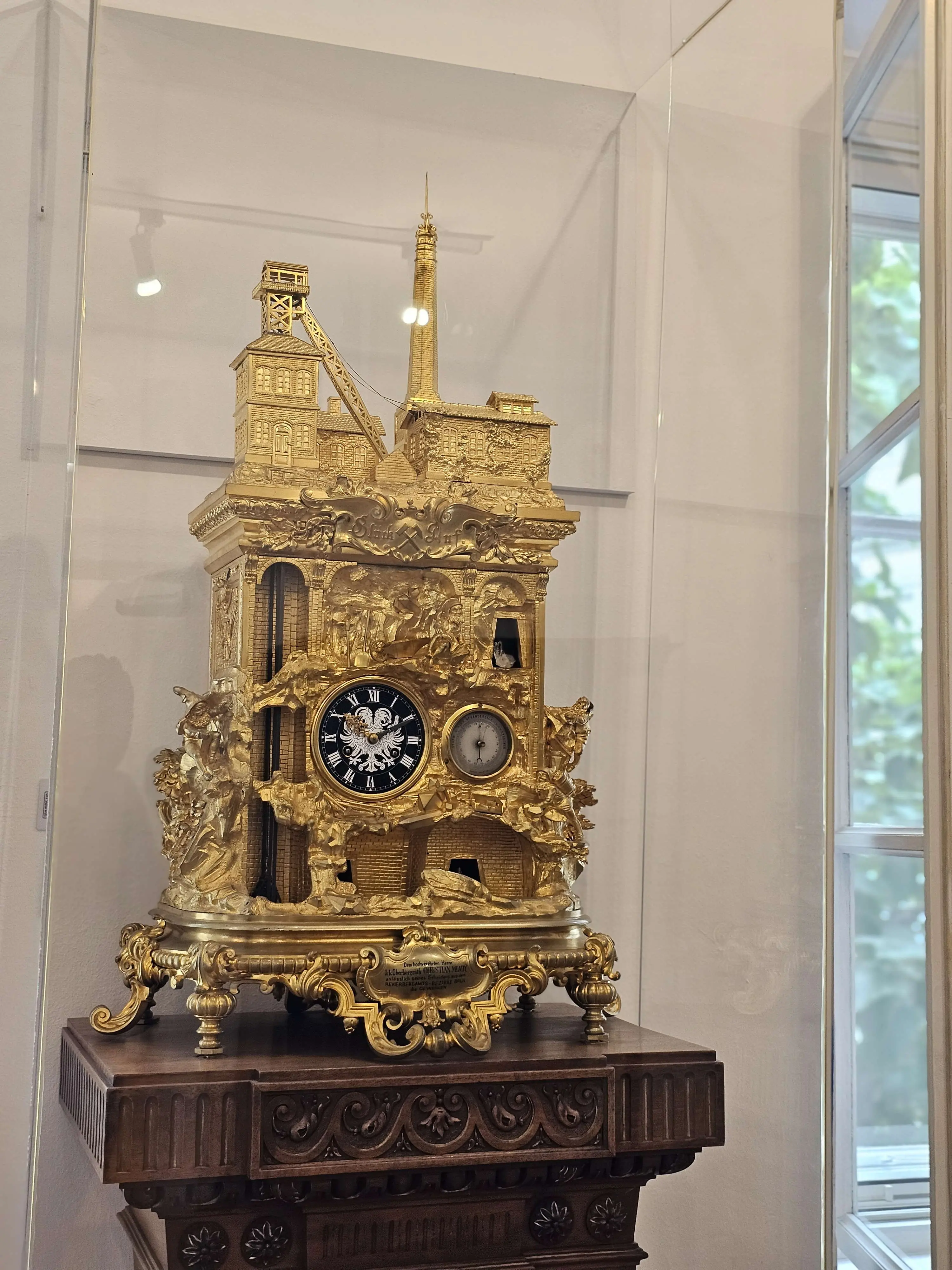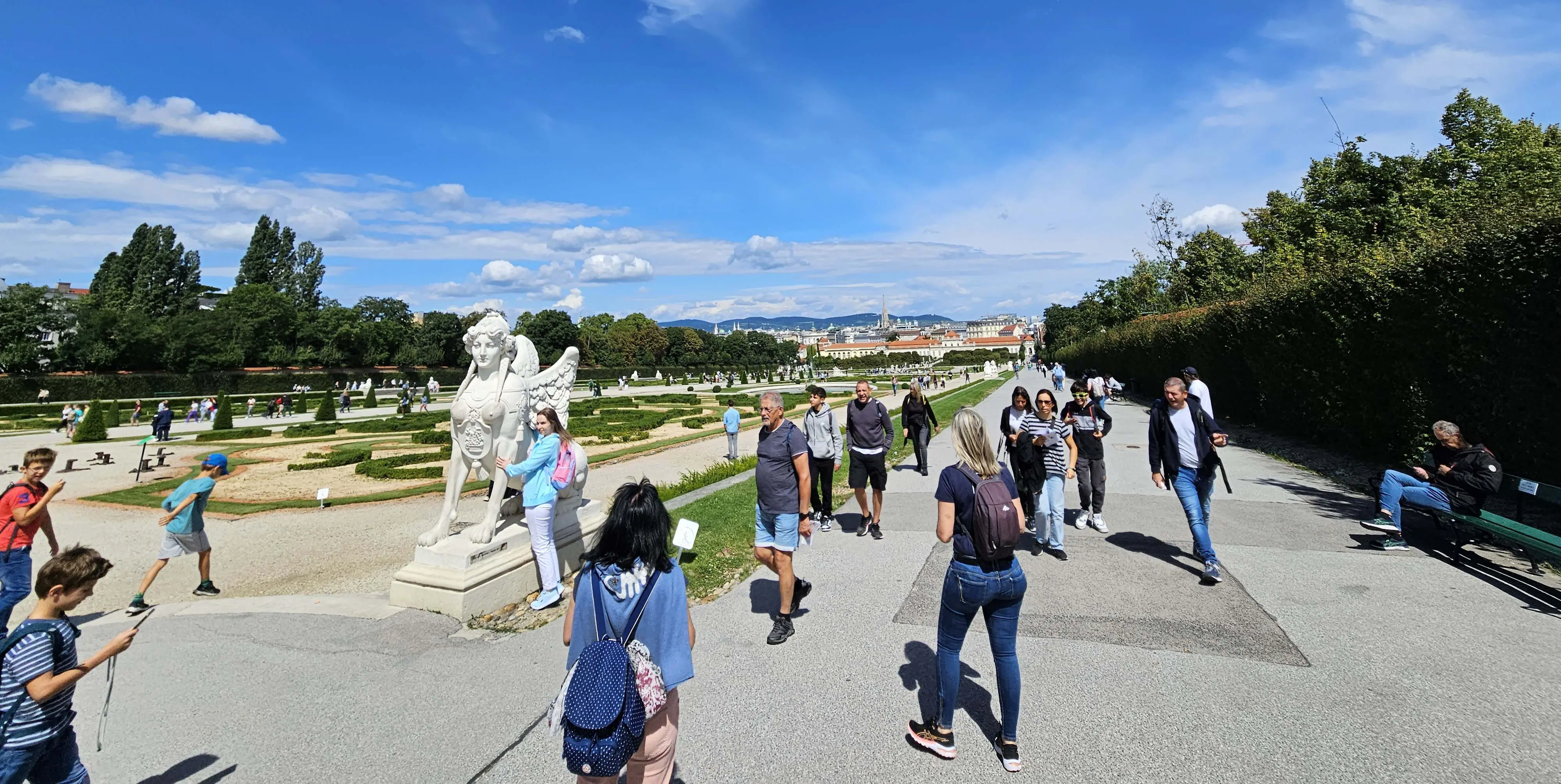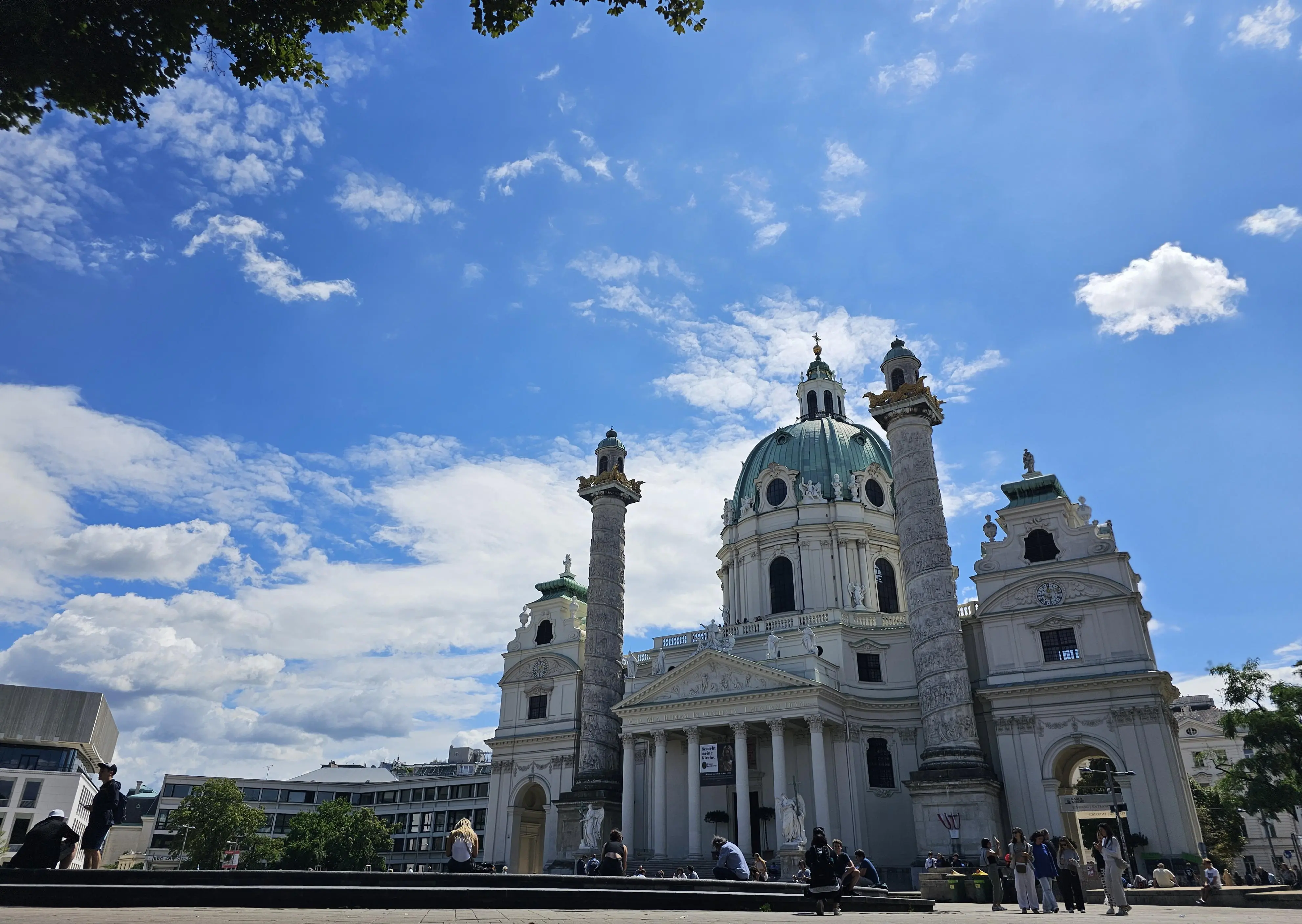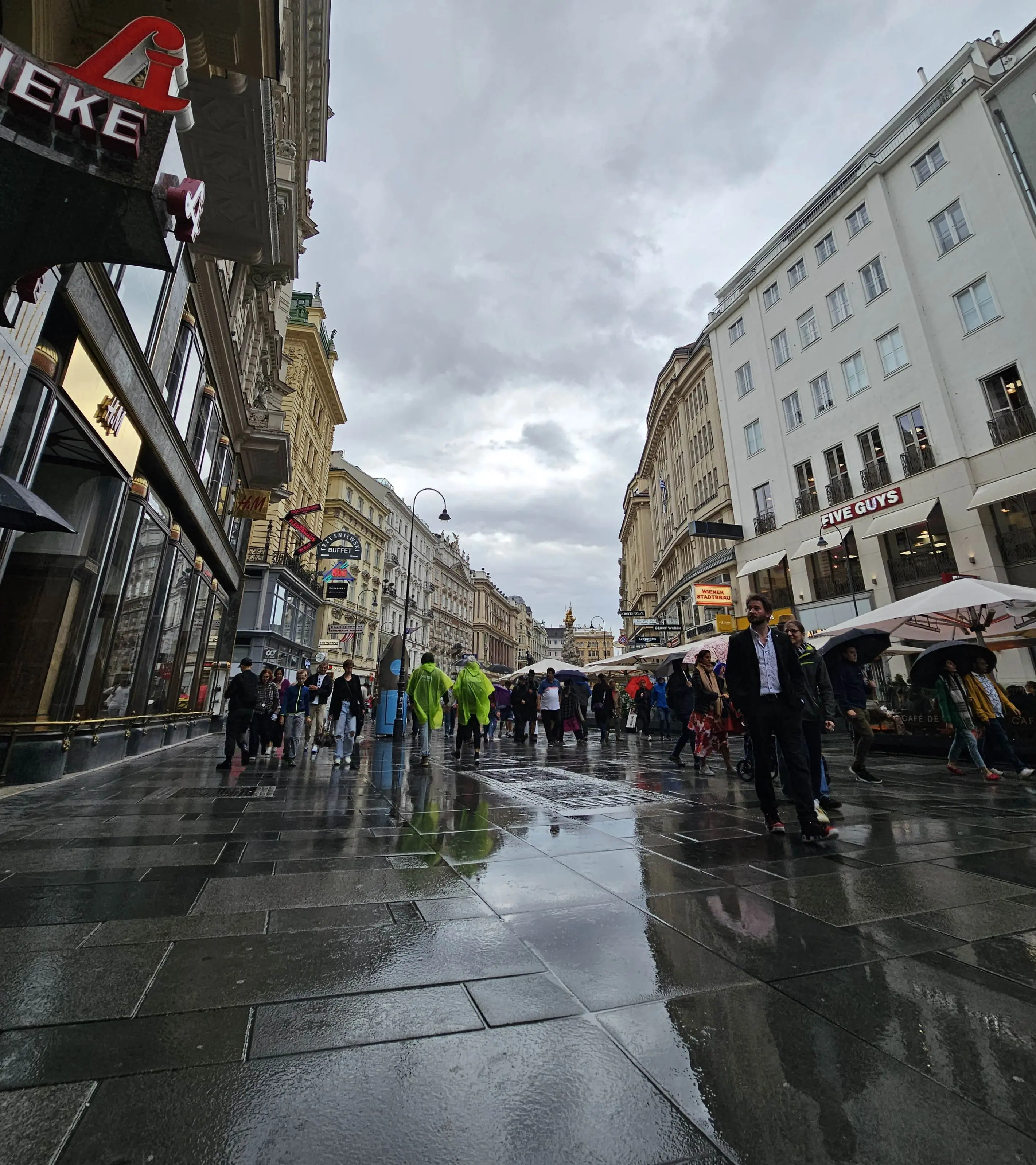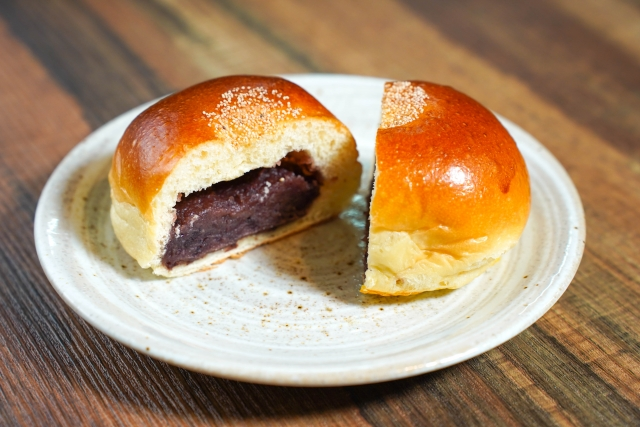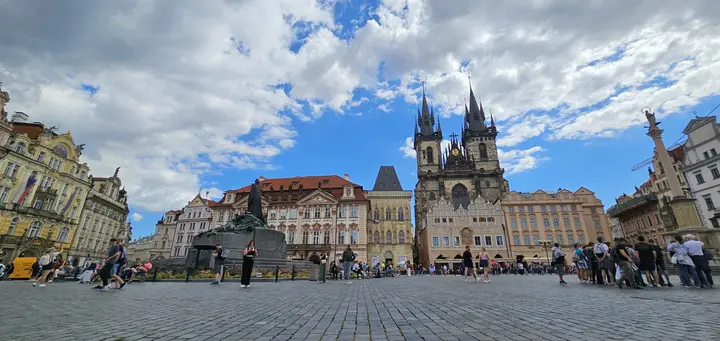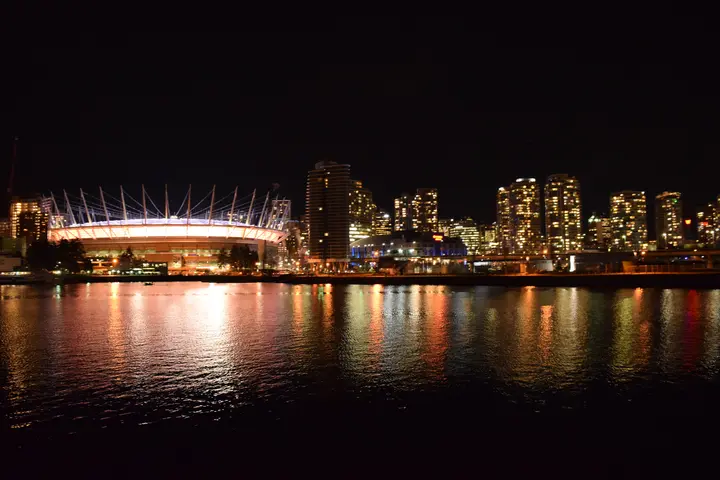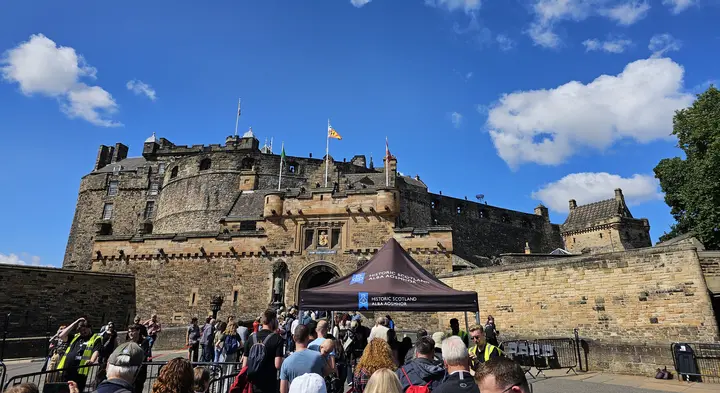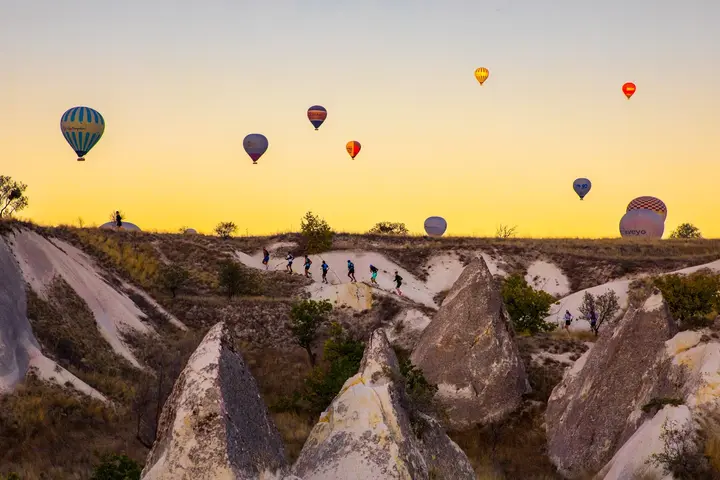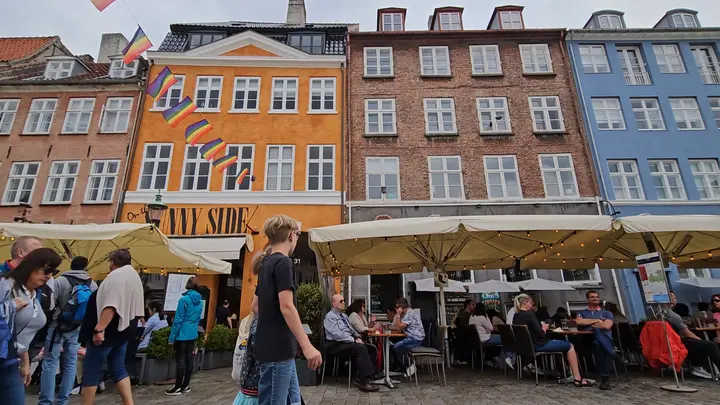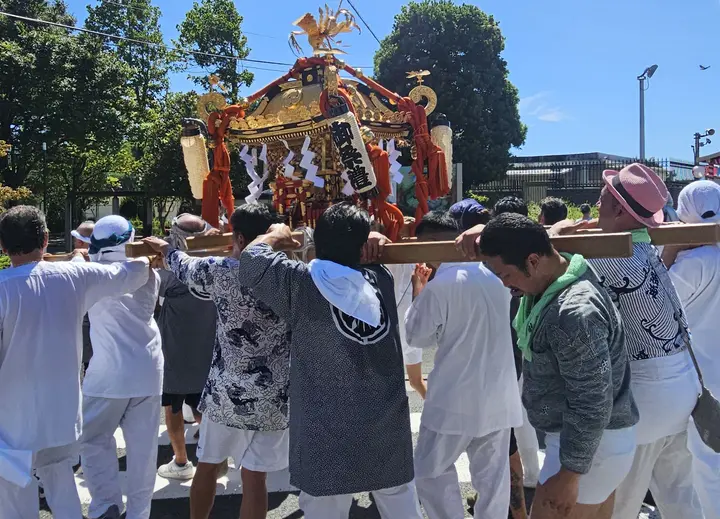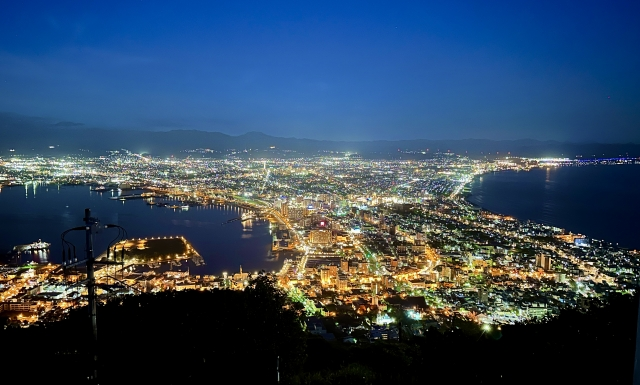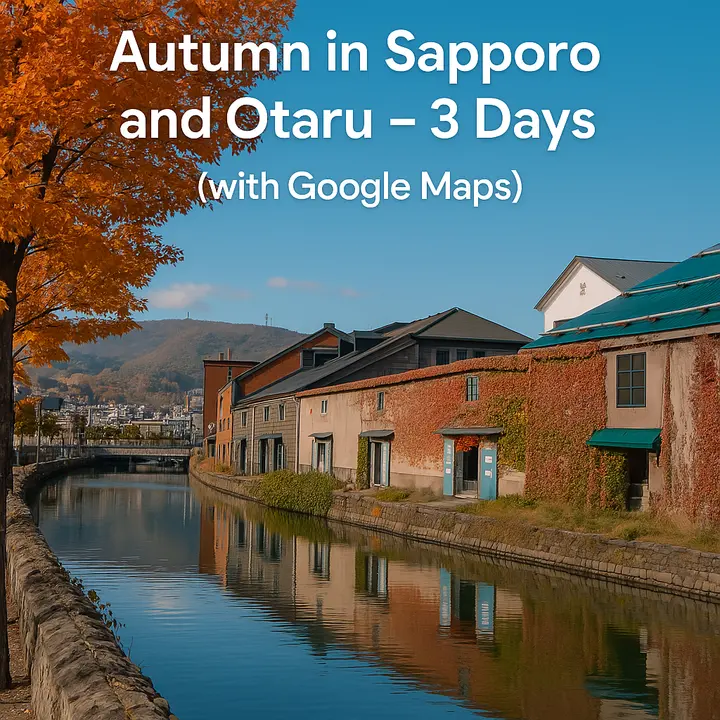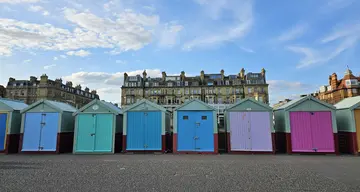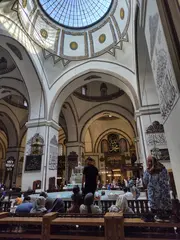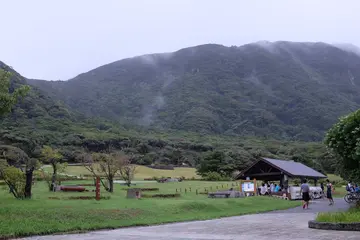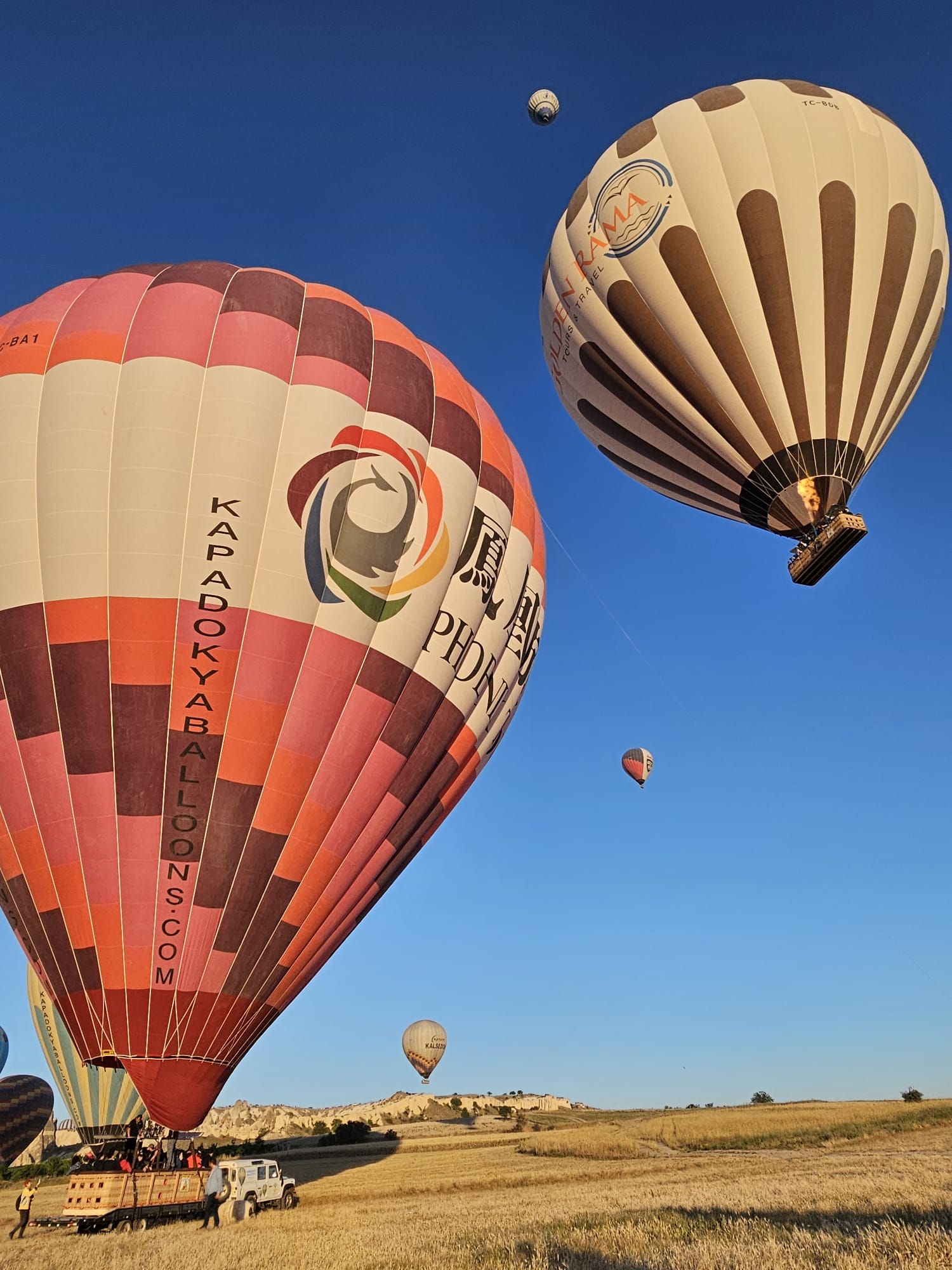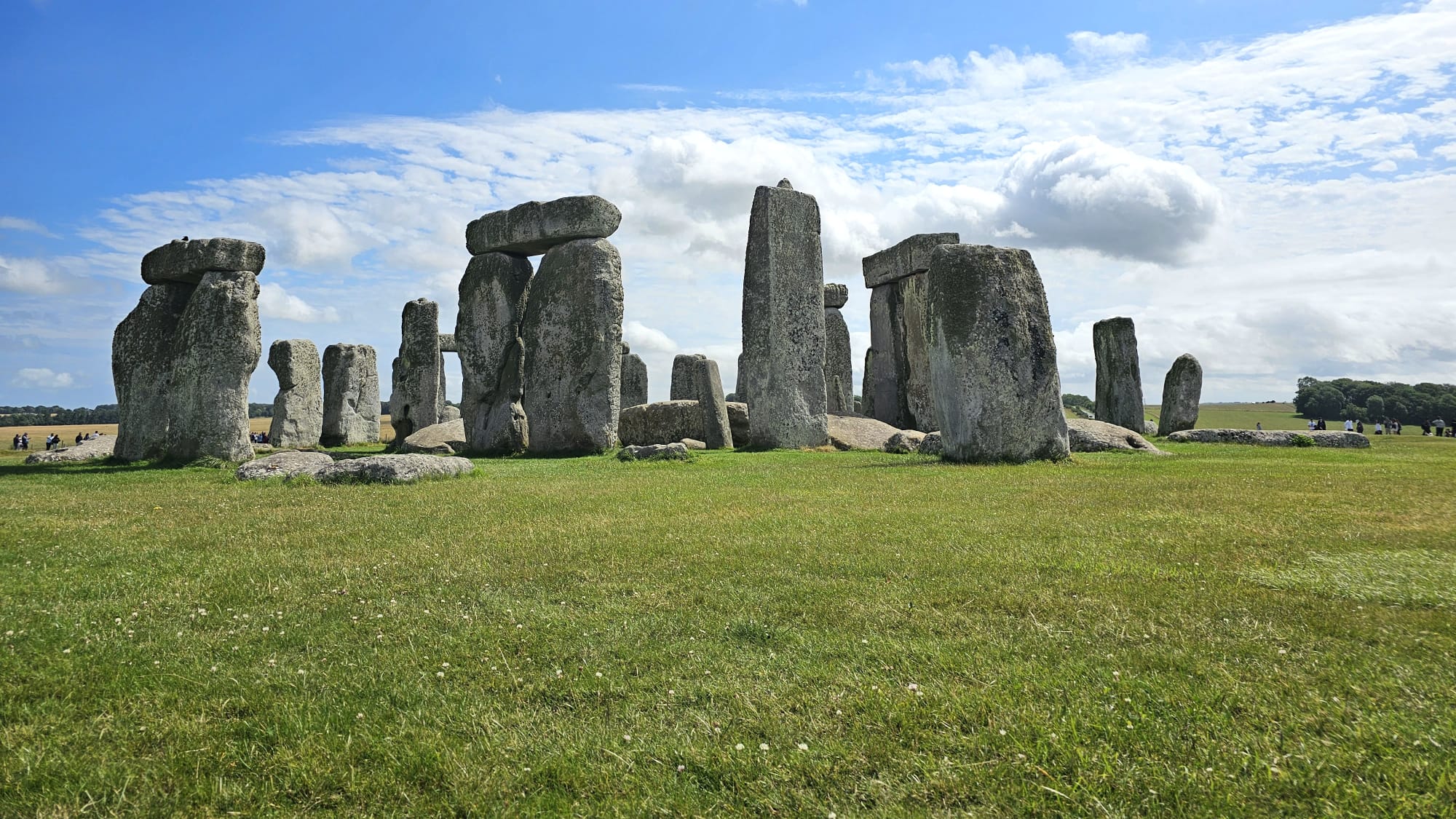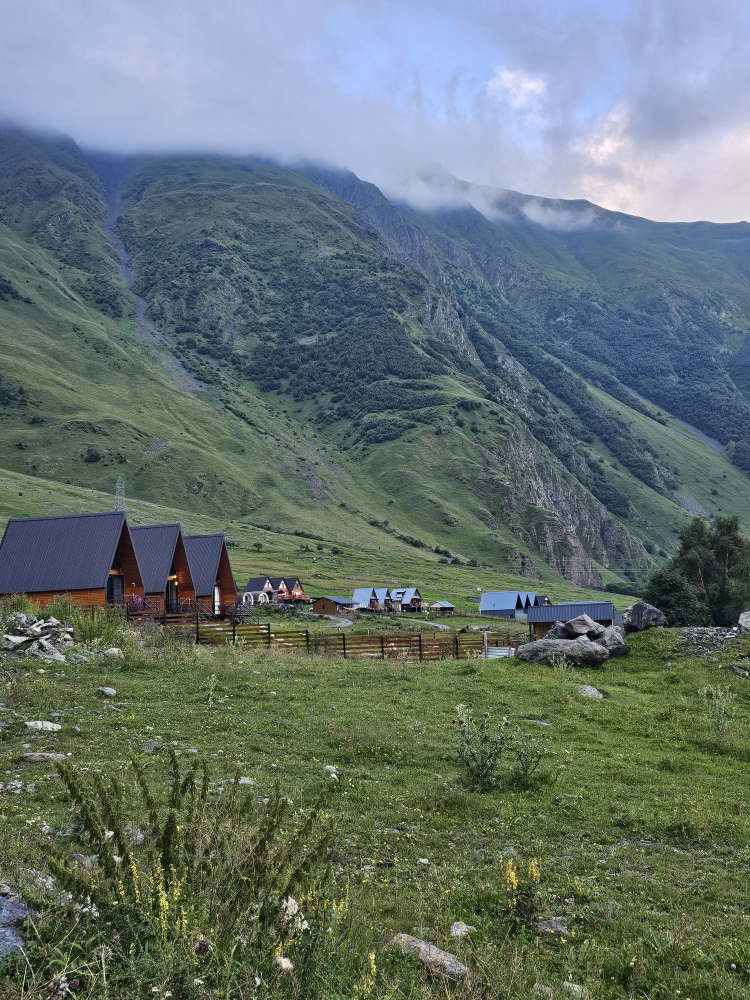
🌟 Why People Take Hotel Freebies: A Cultural, Emotional, and Psychological Perspective
Growing up in a poor family, even the smallest luxuries felt like major achievements. I still remember the rare moments when we stayed at a hotel. At checkout, it felt natural to take some of the complimentary items home — even the disposable slippers.
Over time, I realized this wasn’t unique. Friends had similar experiences, and people openly shared these habits on Instagram and Facebook. It’s far more common than I ever imagined.
♻️ Is Taking Hotel Freebies Right or Wrong?Looking back now, I no longer see this habit as something to be ashamed of or proud of.
- If the items will be discarded anyway, taking them can be a small act of sustainability.
- But it's still important to stay respectful.
- A simple 👋 “Is it okay to take this?” at the front desk can prevent misunderstandings and show consideration for both the hotel and future guests.
This behavior has deeper roots than most people realize.
Historically, when ancestors succeeded in a hunt or battle, they brought home trophies — horns, claws, or symbolic objects from hunts or battles. These items represented survival, success, or pride. For those who grew up with limited means, hotel amenities can feel like a modern version of that instinct.
A branded toothbrush 🪥, a pair of slippers 🥿, or a small shampoo bottle 🧴 becomes more than just an object — it becomes a souvenir of financial progress, comfort, and a rare experience.
🛏️ Best Hotels to Stay in Tokyo 💎 But Why Some People Don’t Feel the SameFor people who grew up surrounded by luxury — flying business class ✈️, staying in upscale ryokans, or experiencing high-end hotels regularly — these items aren’t trophies at all. They’re simply part of everyday life.
What feels like a personal achievement to one person might feel completely normal to another.
This contrast highlights how our upbringing shapes the meaning we attach to even the smallest things.
The impulse to take hotel items home is rarely about the physical object.
It’s about:
- personal history
- emotional meaning
- cultural habits
- small victories
Understanding this helps us build empathy and avoid judging others over something so minor.
🇯🇵 A Gentle Reminder: Avoid Causing 迷惑 (Meiwaku)And ultimately—just like the Japanese concept of 迷惑 (meiwaku, causing inconvenience)—the best approach is always consideration and balance.
Take pride in small achievements, but remain respectful and mindful of others.

Sawasdee krub/ka! That’s how you’ll be greeted, hands pressed together in a polite wai, by everyone from tuk-tuk drivers to temple monks. It’s not just a word—it’s the beginning of a journey into the heart of Thailand’s capital, where golden rooftops rise beside glass towers, and every corner buzzes with flavor, faith, and fun.
In just four unforgettable days, you’ll explore ancient palaces, cruise historic canals, haggle at massive markets, and indulge in some of Asia’s finest street food—all while uncovering the rhythms of real Thai life.

🌟 Why Visit Bangkok?
Bangkok is where old-world charm meets modern mayhem. Temples shimmer in sunlight as high-speed trains glide above packed markets. Michelin-starred noodles sit beside ancient ruins, and no matter the hour, there’s something to explore. For first-timers and frequent fliers alike, Bangkok is a feast for the senses.
What makes it special?
- Iconic landmarks like the Grand Palace and Wat Arun
- Floating markets and tuk-tuk rides
- Rooftop bars and secret cafés
- Day trips to ancient capitals
- Thai massages, Muay Thai matches, and more
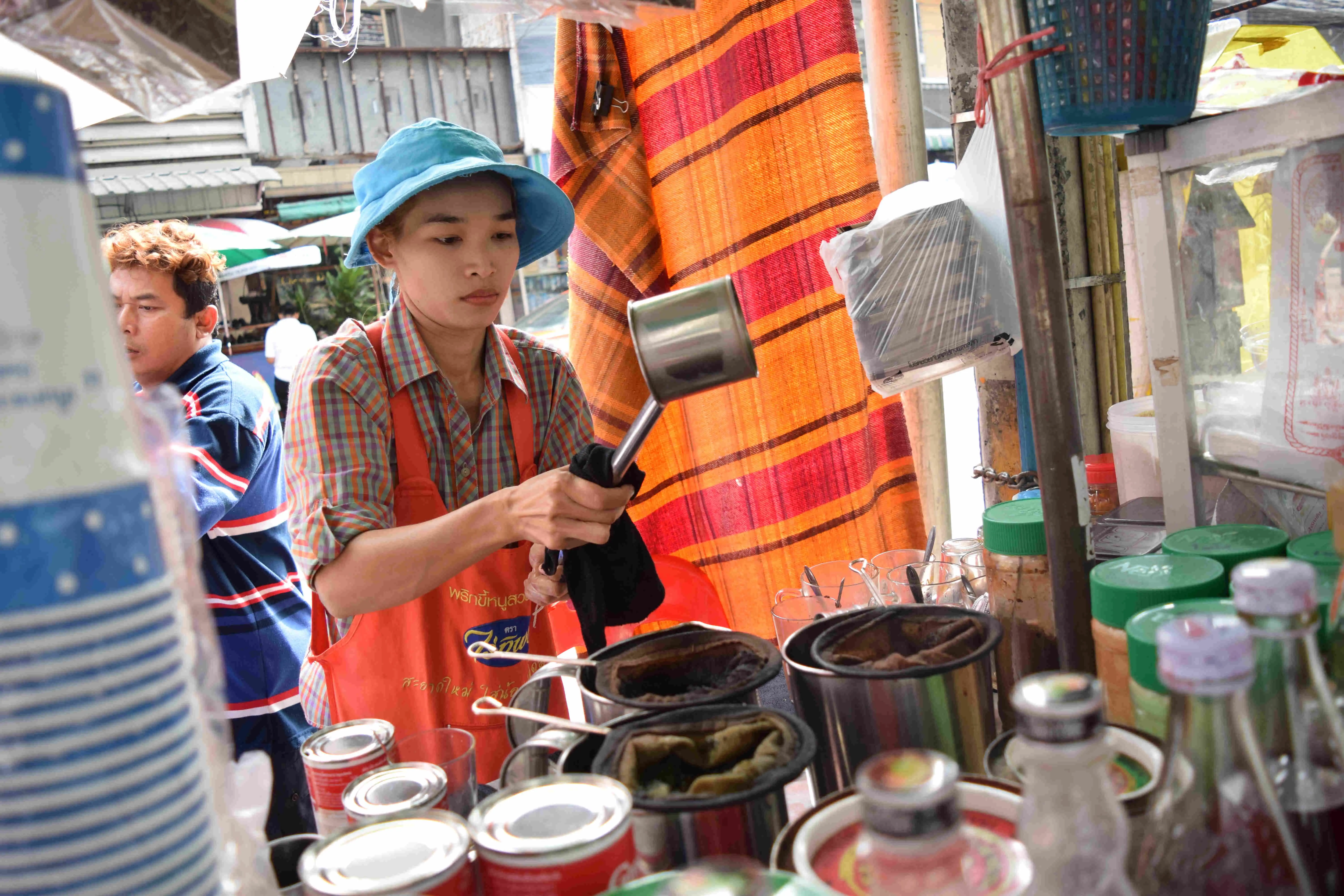
📆 Is 4 Days Enough in Bangkok?
Yes—four days is the sweet spot. You’ll see the top sights, enjoy local experiences, and still have time to relax or wander off-track. This itinerary blends temples, food, markets, and nature, with smart timing to avoid crowds.
📅 Best Time to Visit Bangkok
| Season | Months | What to Expect |
|---|---|---|
| Cool | Nov–Feb | Pleasant weather, ideal for sightseeing |
| Hot | Mar–Jun | High heat—good for malls, spas, pools |
| Rainy | Jul–Oct | Fewer tourists, afternoon showers, lush city |
Tip: Always carry an umbrella or poncho if visiting during rainy season.
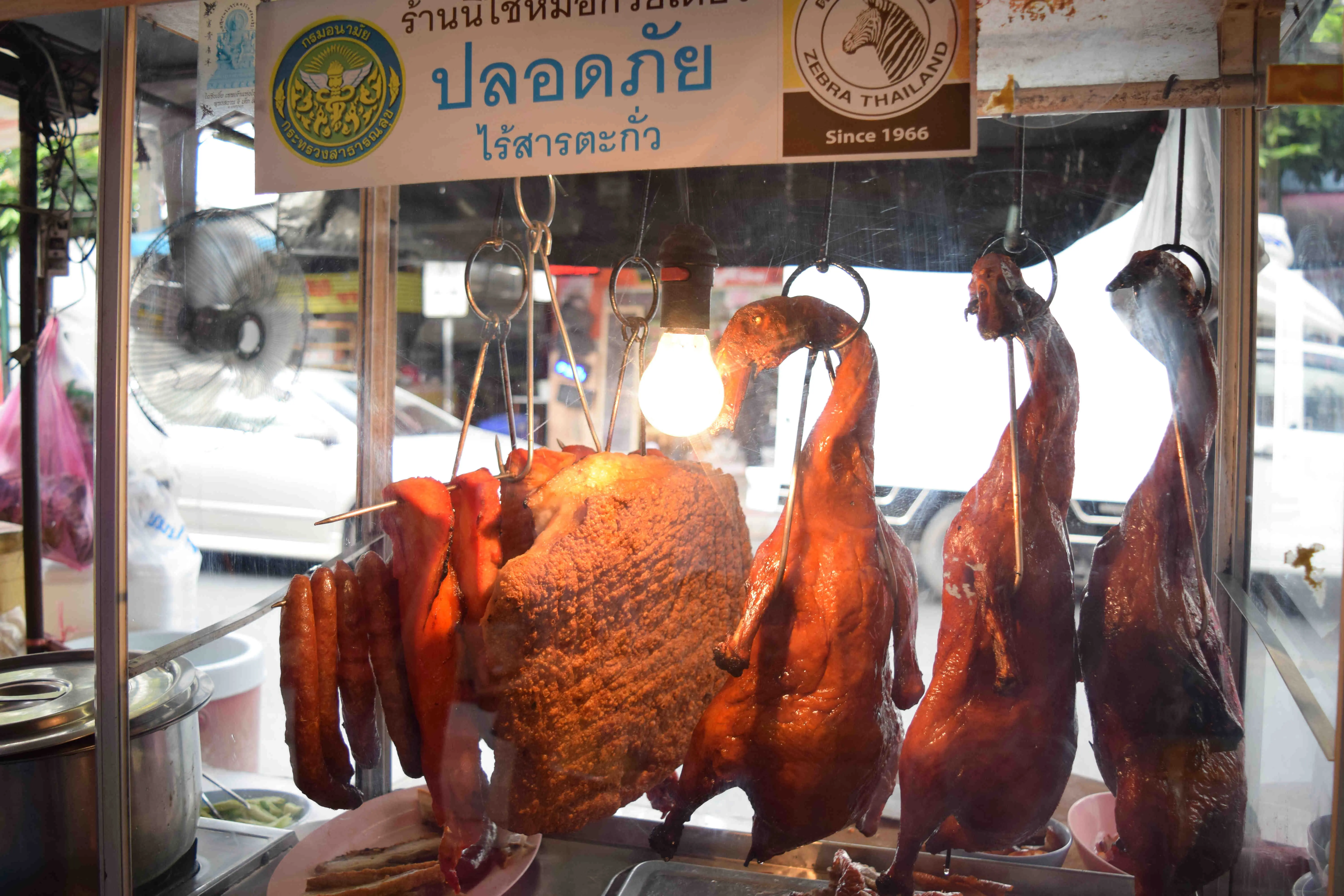
✈️ Getting In & Around
From Suvarnabhumi Airport:
- Airport Rail Link to BTS Phaya Thai: fastest + budget-friendly
- Taxi (Metered): ~300–400 THB, follow official stand
- Grab (App): Reliable alternative to taxis
Around the City:
- BTS Skytrain / MRT Subway – Fastest way around town
- Chao Phraya River Boat – Great for riverside attractions
- Grab / Metered Taxis / Tuk-tuks – Use for short trips
- Buy a Rabbit Card (like an Oyster card) for BTS convenience
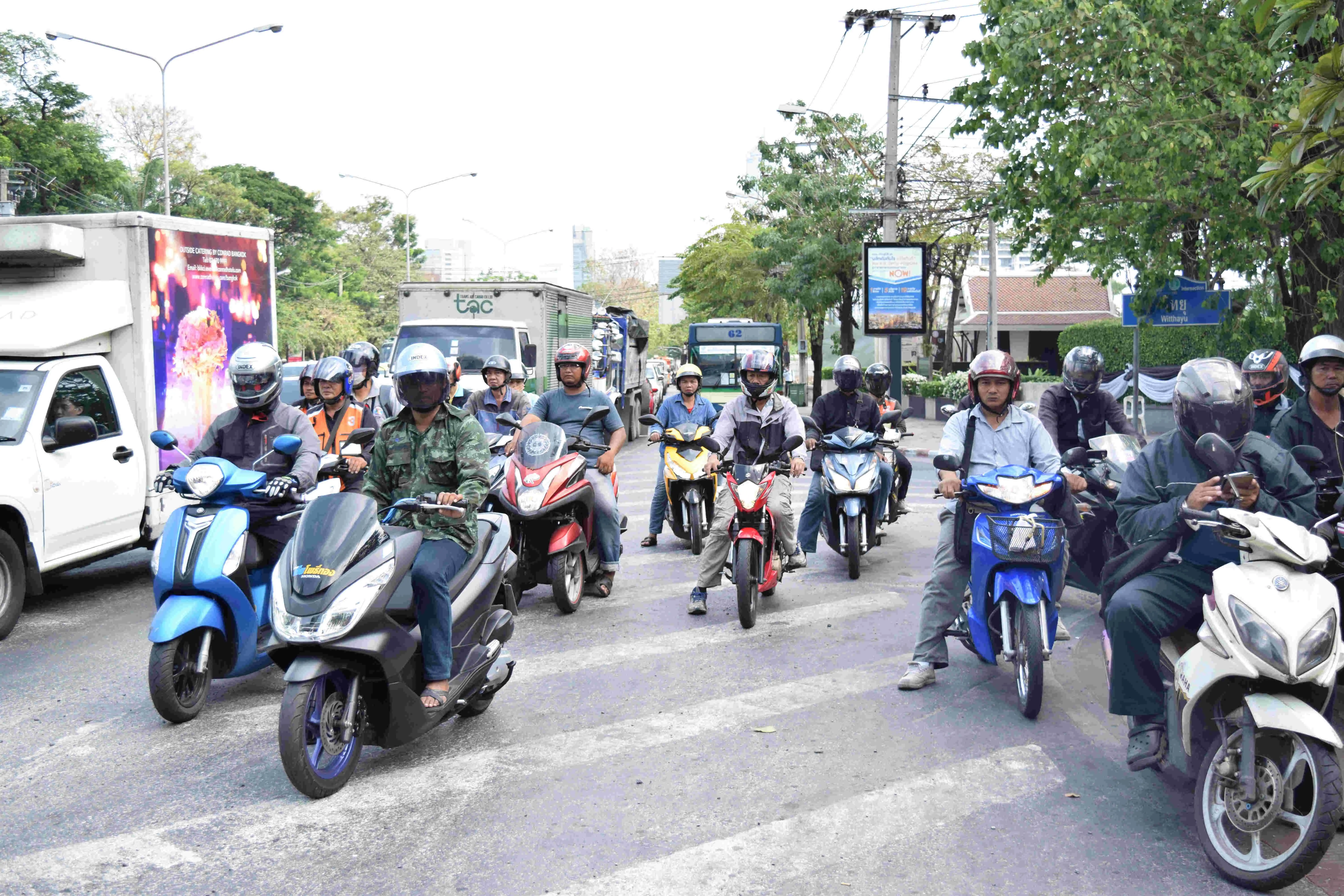
🛡 Safety & Practical Tips
- Bangkok is generally safe, even at night
- Use hotel safes, beware of pickpockets in crowded areas
- Avoid unofficial tour guides or too-good-to-be-true offers
- Stay hydrated—heat and humidity sneak up on you!
✈️ Visa Requirements for Filipinos Visiting Bangkok
Good news for Philippine passport holders—no visa is required to enter Thailand for stays up to 30 days when arriving by air, or up to 15 days if crossing by land.
Requirements to enter Bangkok as a Filipino traveler:
- A valid Philippine passport (must be valid for at least 6 months)
- Confirmed return or onward ticket (to prove exit within 30 days)
- Proof of accommodation (hotel booking or host details)
- Sufficient funds (usually around THB 10,000 per person / THB 20,000 per family, though rarely checked)
👉 For longer stays, Filipinos must apply for a Tourist Visa at the Royal Thai Embassy in Manila or through an eVisa application before departure.
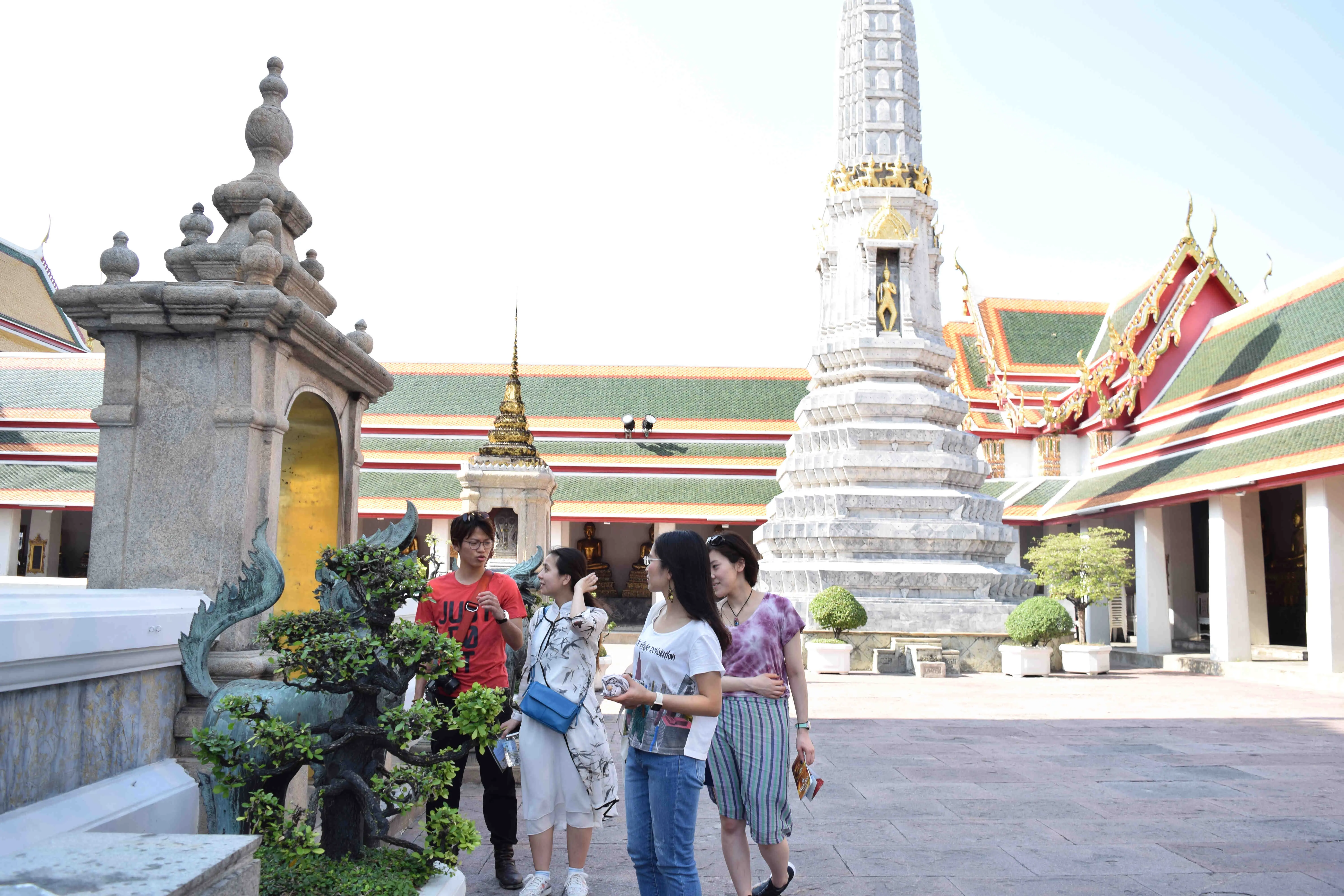
🛏️ Top Places to Stay in Bangkok
✅ Must-Do Activities in Bangkok
💡 Travel Tips
- Temple Attire: Shoulders and knees must be covered
- Cash vs Card: Markets = cash; malls = cards
- Language: English is fine, but Thai greetings go a long way
- SIM Cards: Buy at the airport or use eSIM like Airalo
- Luggage Storage: At BTS stations, malls, or your hotel
🎒 What to Pack
- Breathable, lightweight clothes
- Long pants/skirt and shawl for temples
- Comfy walking shoes
- Sunscreen, insect repellent, reusable bottle
- Universal power adapter (Type A/B/C, 220V)
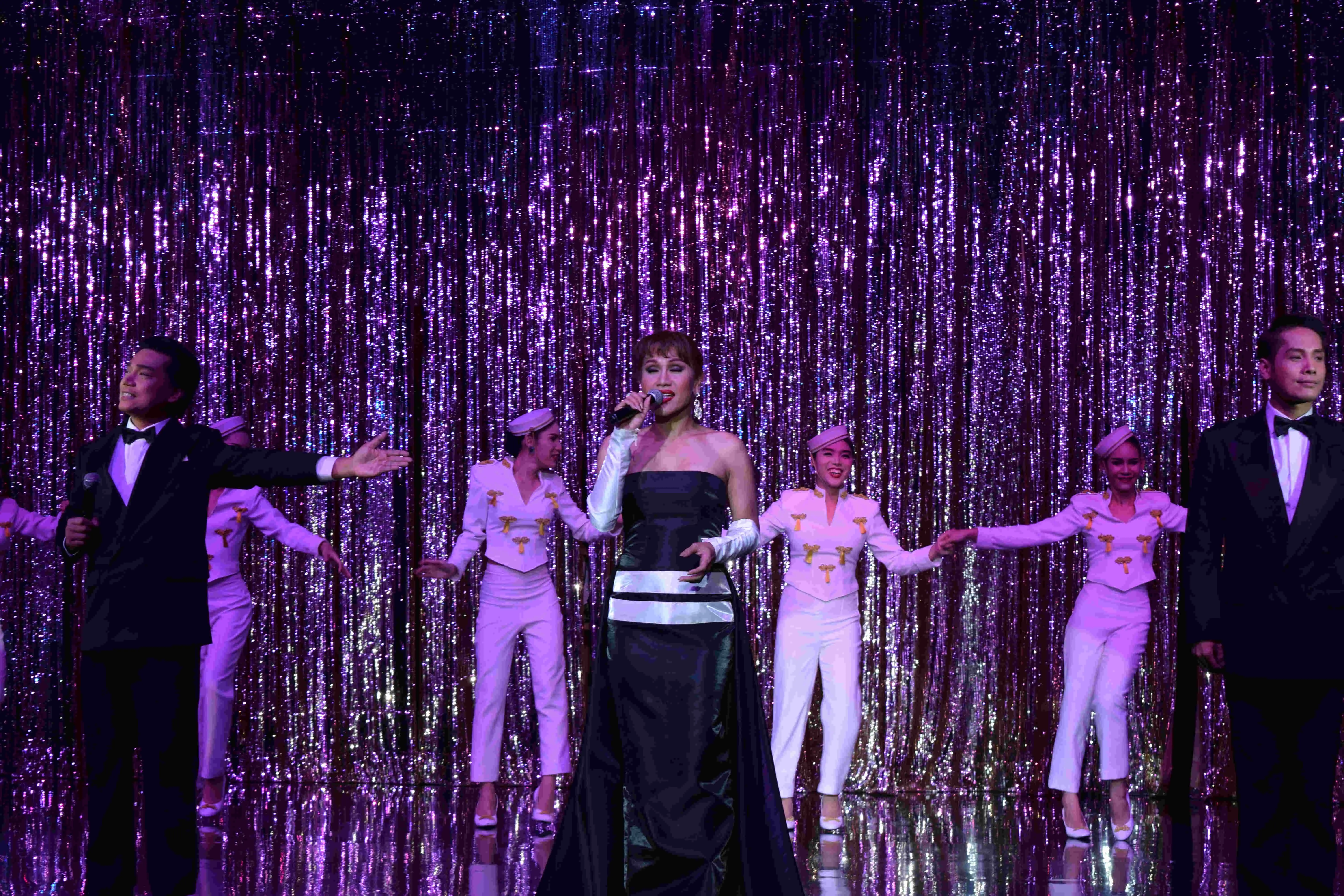
📶 Best Options for Internet in Bangkok (2025)
📱 1. Airalo eSIM – Fast, Easy, and Instant Setup
👉 Get your Japan eSIM via Airalo
👉 Get your Japan eSIM via Airalo
Forget queues, language barriers, and SIM-swapping—Airalo makes it easy to connect the moment you land at Suvarnabhumi or Don Mueang Airport.
Why Airalo is Great for Bangkok:
- 🔹 Buy online before your flight via the Airalo app
- 🔹 Activate your Thailand eSIM in minutes—no physical SIM needed
- 🔹 Choose flexible data packages for 7, 15, or 30 days
- 🔹 Perfect for short trips, digital nomads, or business travelers
- 🔹 Connect to top Thai networks like AIS or DTAC
Pro Tip: Your phone must be unlocked and eSIM-compatible. Check this in your device settings or with your carrier.
📱 2. Local SIM Card – Traditional, Reliable & Cheap
Buying a local SIM card in Bangkok is one of the most affordable ways to get mobile data, especially for longer stays or heavy usage.
📍 Where to Buy a SIM Card in Bangkok:
- 🛬 Bangkok Airports (Suvarnabhumi & Don Mueang):
- SIM kiosks and counters available right after immigration.
- Open 24/7 and staff often speak English.
🏪 Convenience Stores:
7-Eleven, FamilyMart, and Tesco Lotus offer SIM cards, but some may not activate it for you.
📡 Mobile Carrier Shops & Malls:
Visit carrier stores inside MBK Center, Siam Paragon, or CentralWorld for support and activation.
- 🛬 Bangkok Airports (Suvarnabhumi & Don Mueang):
Things to Prepare:
- Passport required to purchase and register a SIM
- 💰 Prices range from THB 150–600 ($4–$17) depending on data plan and duration
- BONUS: Pocket WiFi – Great for Families or Groups
If you’re traveling with friends or family, renting a Pocket WiFi router might be the best deal. - 🔋 Battery lasts ~8–12 hours, so bring a power bank
Top Providers:
- Klook Pocket WiFi Rental – Affordable with airport pickup
🧳 Quick Tips for Internet in Bangkok
- Check device compatibility with Thai networks (LTE/5G)
- Activate your eSIM or confirm SIM delivery before you fly
📍 4-Day Bangkok Itinerary
🏰 Day 1: Temples, Palaces & the River
Morning:
- 🏯 Grand Palace & Wat Phra Kaew – Go at 8 AM to beat the crowds
- Entrance: ~500 THB
- Dress code strictly enforced
- 🛕 Wat Pho (Reclining Buddha) – Also home to Thailand’s top massage school
Massage here is authentic and affordable

🛕 Awe-inspiring Reclining Buddha—golden, serene, and utterly magnificent 🇹🇭 #RecliningBuddha #BangkokThailand #TempleVibes #SpiritualJourney #ThailandTravel
Lunch: Nearby cafés like The Sixth or Elefin Coffee – Thai fusion & AC break
Afternoon:
- 🌇 Wat Arun (Temple of Dawn) – Cross the river by boat
Stunning views at sunset
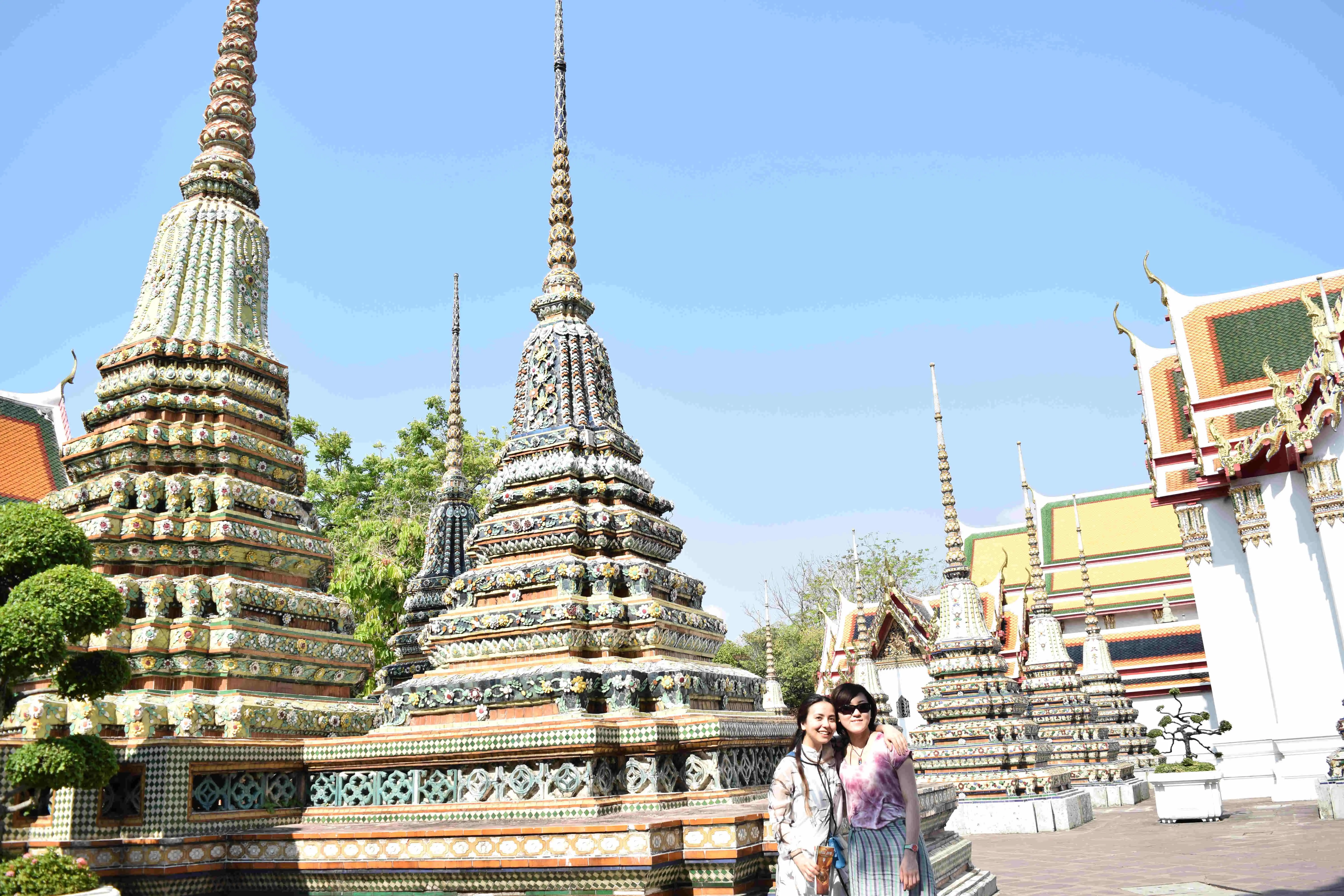
👘 Beautiful Ladies at Wat Arun, Bangkok 🇹🇭—Gracefully Exploring the Temple of Dawn, Surrounded by Stunning Spires, River Views, and Thailand’s Cultural Splendor 🕌✨
- 🏰 Loha Prasat & Wat Ratchanatdaram – Off the radar and peaceful
Evening:
- 🚢 Dinner Cruise on the Chao Phraya – Book in advance (options range from budget to luxury)
🌃 Khao San Road – Street food, music, bars—great for night owls and budget bites
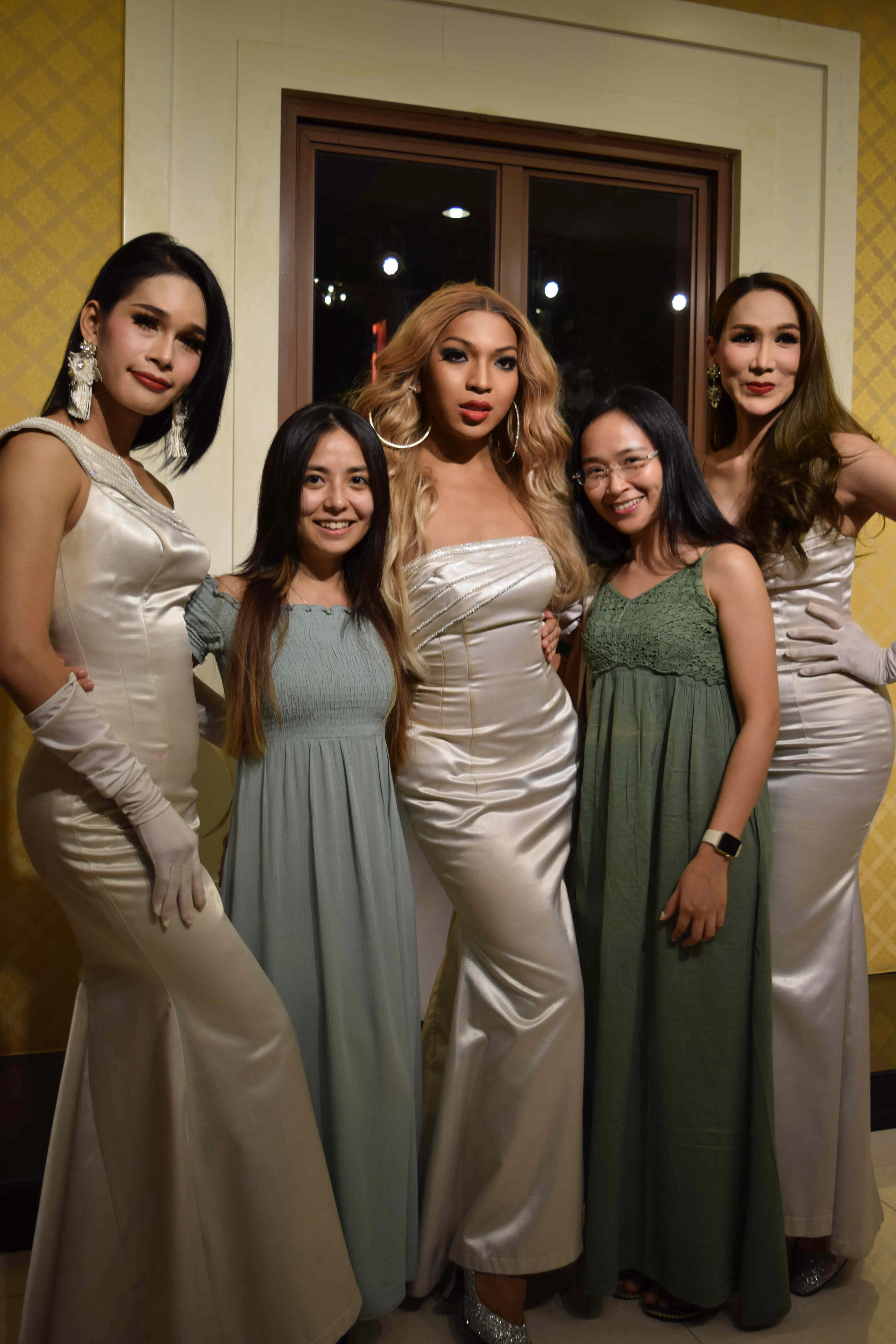
🌈 Night Out in Thailand 🇹🇭—A Vibrant Gay Show Full of Glitz and Glams. Which one are my Friends? Can't tell anymore ✨🎭
🚤 Day 2: Floating Markets, Railway Drama & Hidden Gems
Early Morning:
- 🛶 Damnoen Saduak Floating Market – Classic experience
Best with a pre-booked tour (leaves by 6:30 AM)

🛶 Scenic Boat Tour in Thailand 🇹🇭—Glide Along Serene Waters, Explore Vibrant Riverside Life, and Take in Stunning Views of Temples, Markets, and Lush Landscapes 🌿✨
- 🚂 Maeklong Railway Market – Watch a train pass through the market stalls
- Check exact train times; worth timing your visit
Afternoon:
- 🚤 Khlong (Canal) Tour – See Bangkok’s quieter, traditional side via long-tail boat
- 💐 Pak Khlong Talat (Flower Market) – Great for photos and a peaceful stroll
- 🛕 Golden Mount (Wat Saket) – Climb 300 steps for panoramic sunset views
Evening:
- 🥊 Rajadamnern Stadium (Muay Thai) – Get ringside seats if you can. Book online.
🏛️ Day 3: Day Trip to Ayutthaya & Skyline Views
Morning to Late Afternoon:
- 🚗 Ayutthaya Day Trip – Former capital full of majestic ruins
- Option: guided tour, or DIY via train + tuk-tuk rental
- Must-sees: Wat Mahathat, Wat Chaiwatthanaram, Wat Phra Si Sanphet
Evening (Back in Bangkok):
- 🗼 Mahanakhon SkyWalk – Tallest tower with glass floor views
- Book online for sunset slots
- 🛍️ IconSIAM – Upscale mall with floating food market and riverside views
- 🎡 Asiatique The Riverfront – Ride the Ferris wheel, dine by the water, shop local

🛍️ Day 4: Markets, Museums & Your Grand Finale
Morning:
- 🛍️ Chatuchak Weekend Market (if Sat/Sun) – 15,000+ stalls
Wear light clothes, arrive early, bring cash
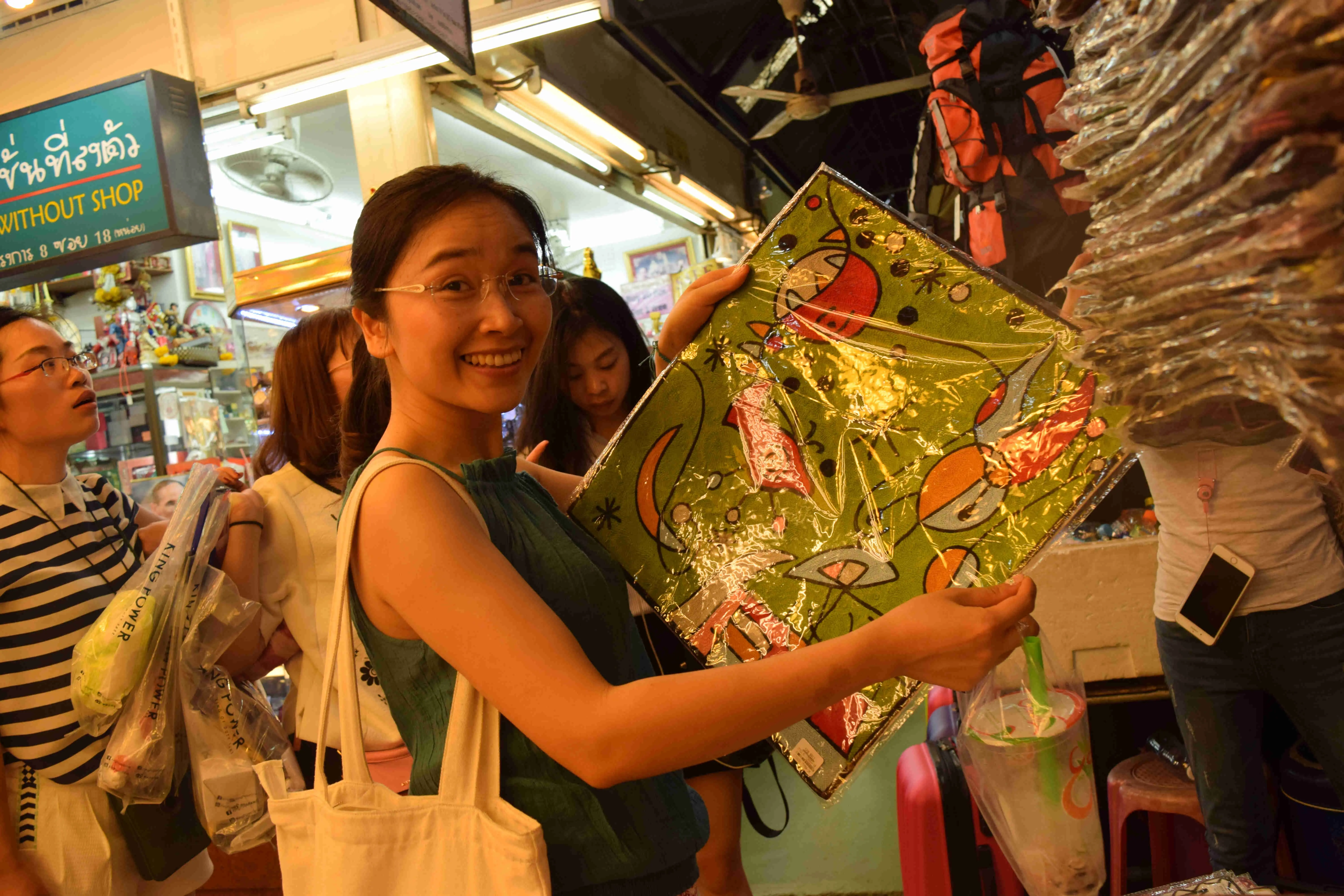
🏮 Bustling Market in Thailand 🇹🇭—Explore Colorful Stalls Filled with Fresh Produce, Local Handicrafts, Street Food Delights, and the Vibrant Energy of Thai Culture 🌶️🛍️✨
- 📸 Alternative (Weekday): Talad Rot Fai Ratchada – Local night market with vintage vibes
- 🍍 Or Tor Kor Market – Across from Chatuchak, known for premium fruit & street eats
Afternoon:
- 🏠 Jim Thompson House Museum – Tour the silk merchant’s historic teak home
- 🌳 Lumphini Park – Rent a paddle boat or relax among locals
- 🏢 Siam Paragon / MBK / CentralWorld – Final shopping and indoor cool-down
Evening:
🍜 Dinner at Chinatown (Yaowarat Road) – Michelin-level street eats, endless variety
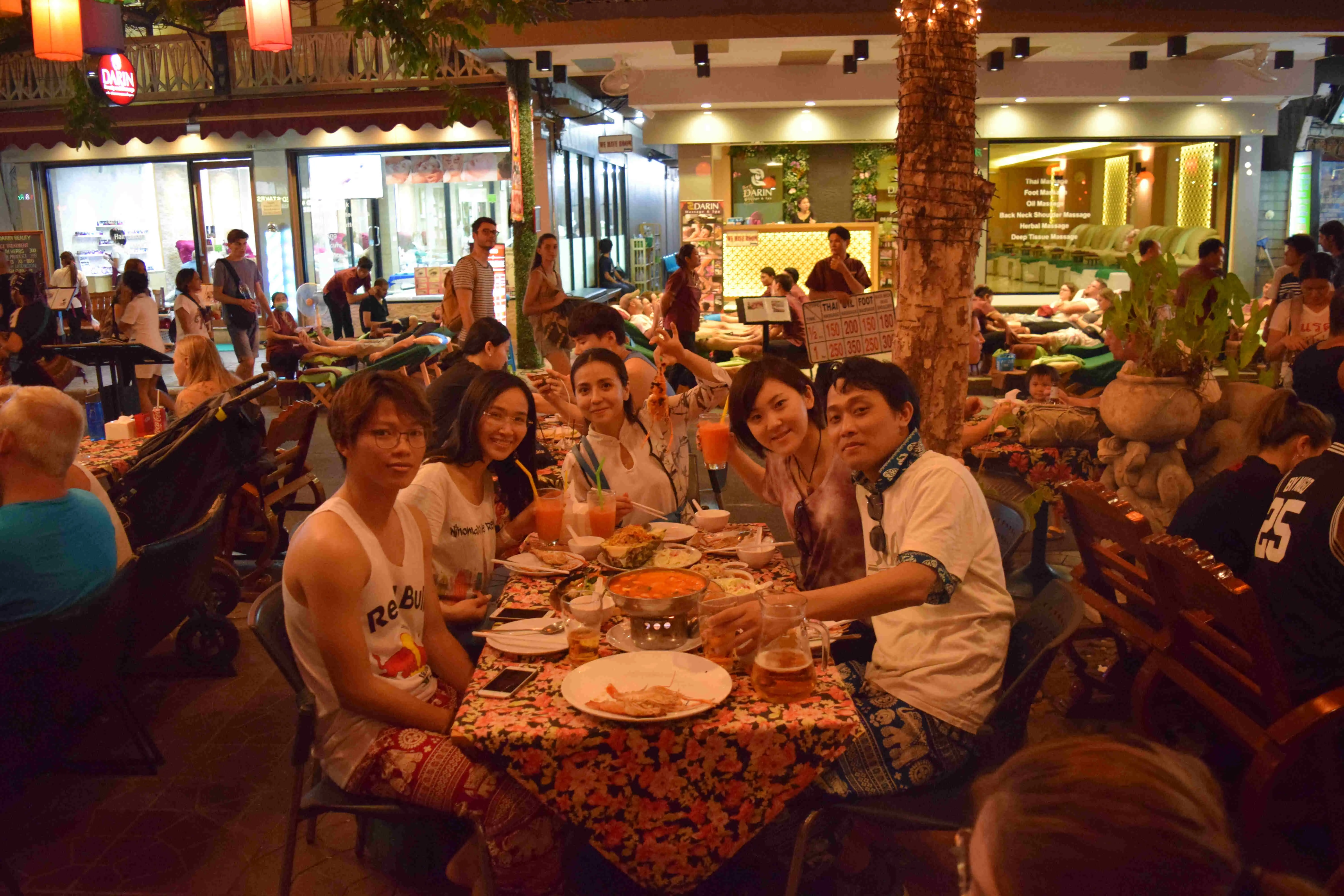
🍲 Dinner with Friends in Thailand 🇹🇭—Savoring Authentic Thai Dishes, From Spicy Curries to Fresh Pad Thai, Surrounded by Laughter, Good Vibes, and Memorable Moments ✨🥢 - 💆♀️ Spa Time: Treat yourself to a final massage at Oasis Spa or Health Land
✨ Optional Add-ons (Swap Anytime)
- 🌳 Bang Krachao – Rent a bike in Bangkok’s “green lung”
- 🖼️ MOCA (Museum of Contemporary Art) – For art lovers
- 🕯️ Erawan Shrine – Quick stop for spiritual blessings
- 🎪 Talad Rot Fai Srinakarin – Less touristy than Ratchada, more vintage
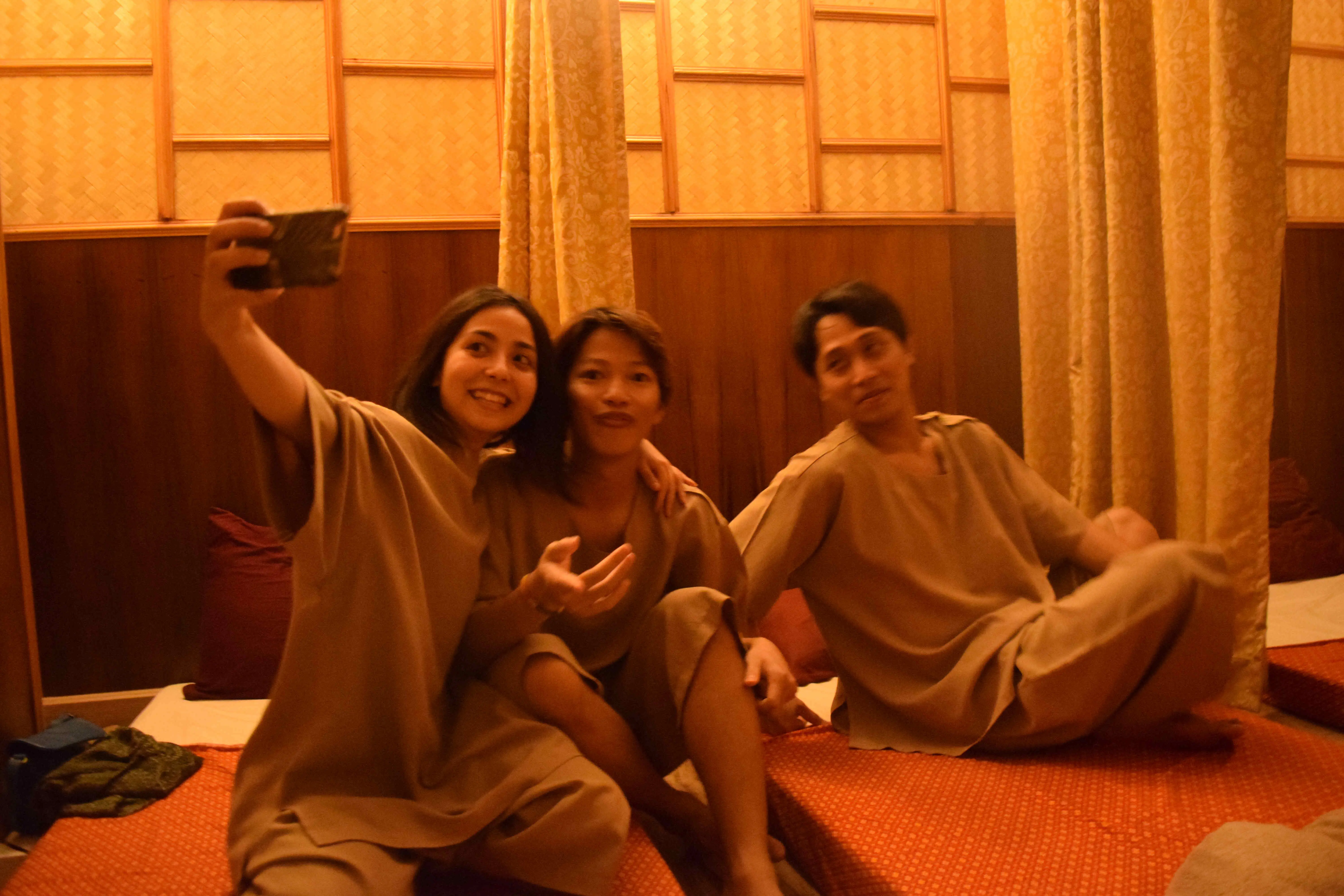
❓ Bangkok Travel FAQ
Q: Can I drink the tap water?
A: No—stick to bottled or filtered water.
Q: Do I need to tip?
A: Not mandatory, but rounding up is appreciated.
Q: Are taxis safe?
A: Yes, but always ask for the meter—or use Grab.
Q: What’s the best way to avoid crowds?
A: Arrive early at temples and markets, ideally by 8 AM.
Q: Can I use cards?
A: Yes in malls, hotels, restaurants. Carry cash for street food and transport.
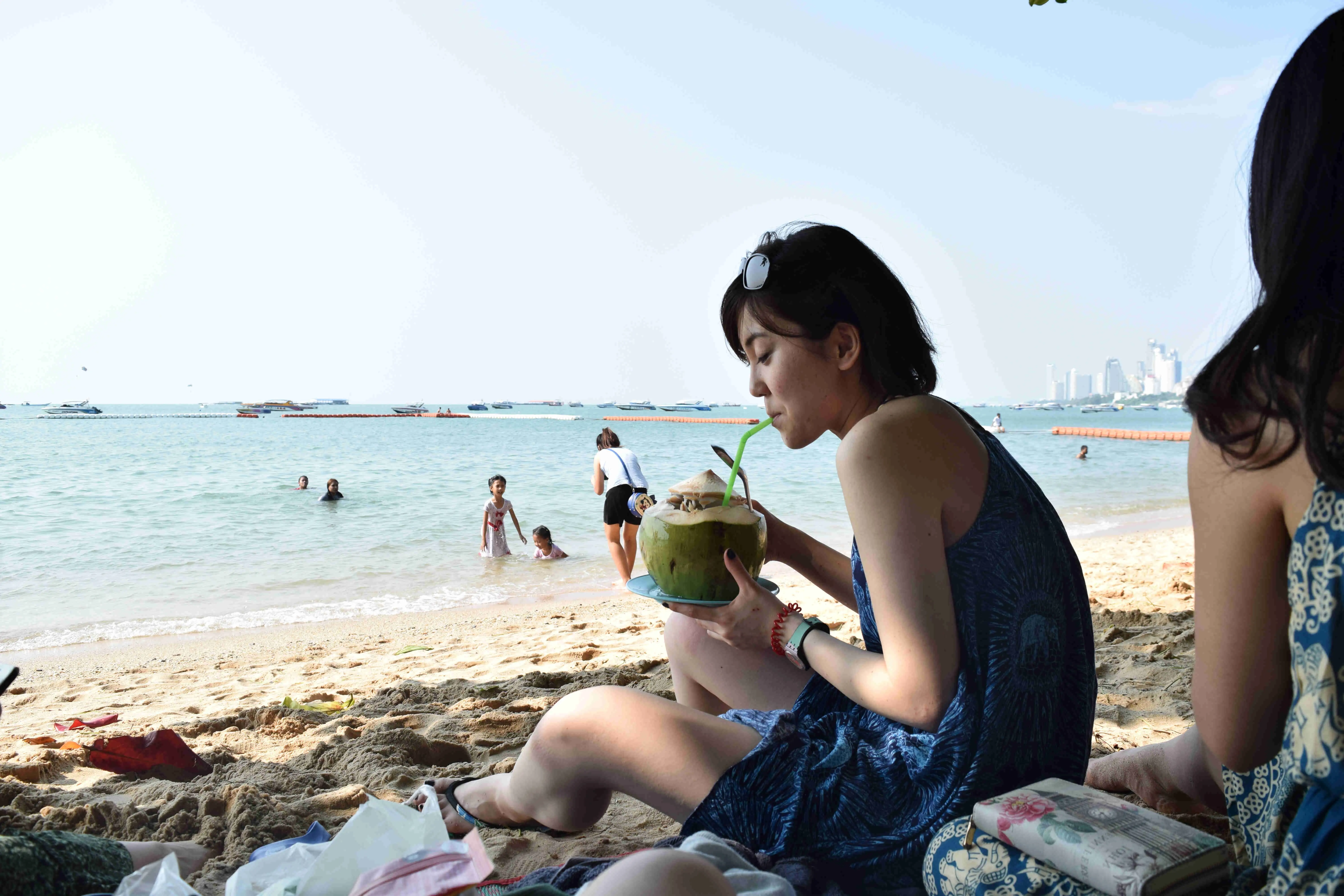
🙏 Final Words: Sabai Sabai, Bangkok
Your four days in Bangkok may come to an end—but the memories will follow you long after the temple bells stop ringing. As the Thais say, “Sabai sabai”—take it easy, go with the flow. In Bangkok, every alley has a story, and every smile is an invitation to stay just a little longer.
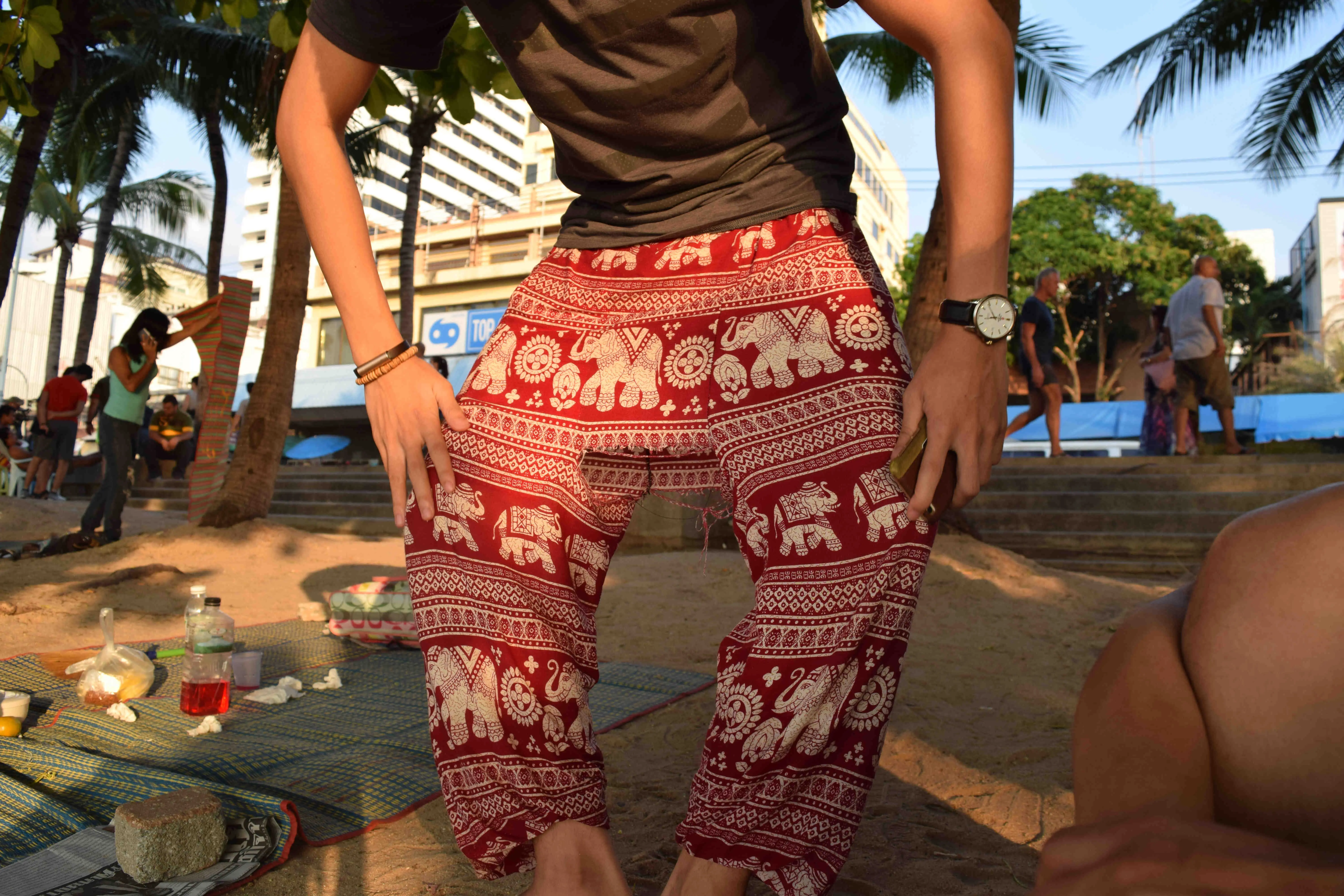
🗺️ Map
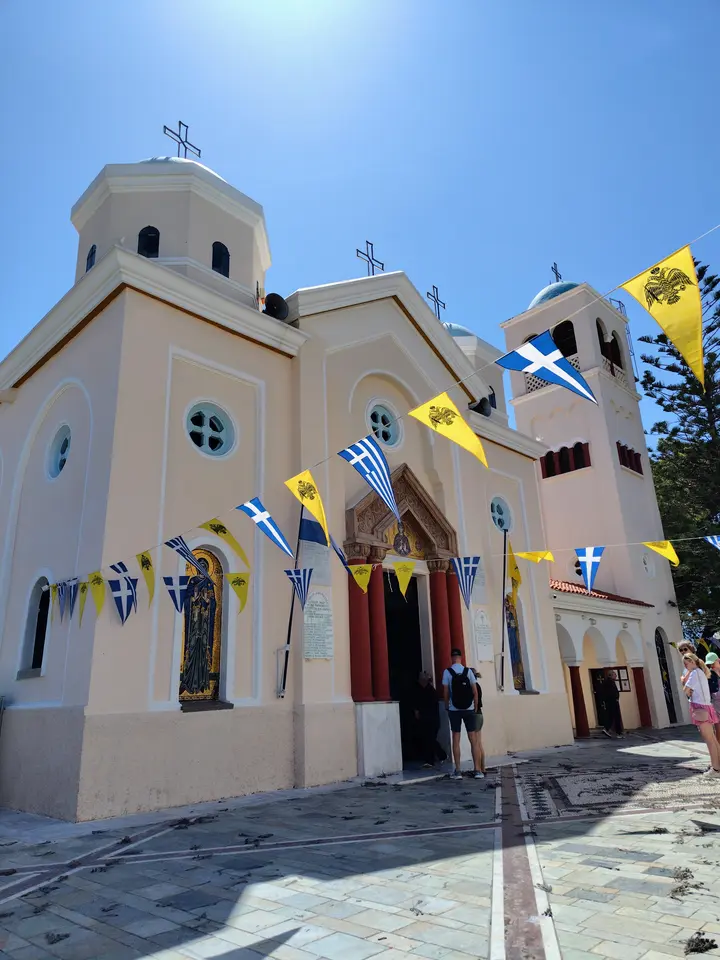
Who doesn’t dream of a relaxing and peaceful weekend getaway? While Athens, the vibrant capital, is undoubtedly Greece’s most famous destination, there’s so much more to discover beyond the mainland.
🇬🇷 Did you know that Greece is home to over 6,000 islands, each offering its own unique blend of culture, cuisine, history, nature, and music? From the whitewashed villages of Santorini to the unspoiled beaches of Koufonisia and the traditional charm of Naxos, Greece’s islands cater to every kind of traveler—whether you're into hiking, heritage, food, or simply doing nothing by the sea.
Kos, part of the Dodecanese islands in the Aegean Sea, is a sun-drenched destination that blends beach bliss, ancient history, and authentic Greek culture. With its laid-back charm, turquoise waters, and vibrant harbor town, Kos is the perfect weekend escape—especially for travelers coming from Athens, nearby islands, or even Turkey.
🗓 Is 2 Days Enough in Kos?
Yes! Two days is enough to enjoy the best of Kos if you focus your time wisely. In a single weekend, you can explore Kos Town’s harbor and ruins, relax on a beach, and even watch a stunning sunset from a mountain village.
✅ Best Options for Internet in Kos, Greece (2025)
📱 1. Airalo eSIM – Fast, Easy & Instant Setup
👉 Get your Greece eSIM via Airalo
👉 Get your Japan eSIM via Airalo
Skip the queues and language barriers—Airalo lets you set up mobile data before you even board your flight to Kos.
Why Airalo is Ideal for Greek Islands:
- 🔹 Buy and activate your Greece eSIM from anywhere
- 🔹 Works as soon as you arrive—no physical SIM needed
- 🔹 Great for short stays and travelers hopping between islands
- 🔹 Connects to major Greek networks like Cosmote or Vodafone Greece
- 🔹 Flexible plans for 7, 15, or 30 days
Pro Tip: Make sure your smartphone is unlocked and supports eSIM (iPhone XR or later, most modern Android phones).
📱 2. Local SIM Card – Widely Available & Budget-Friendly
If you’re staying longer in Kos or want a traditional setup, a prepaid local SIM card is a solid option with great coverage—even in smaller beach towns like Mastichari or Kardamena.
📍 Where to Buy a SIM Card in Kos:
- 🏙️ Kos Town:
- Visit official stores like Cosmote, Vodafone, or WIND
- English-speaking staff usually available
- 🏬 Shops & Electronics Stores:
- Look for mobile shops or convenience stores around Eleftherias Square and the port area
- 🛬 Kos Airport (KGS):
- Limited availability—best to buy in town unless arranged in advance
🔝 Top Mobile Providers in Greece:
- Cosmote (OTE Group)
- Widest 4G/5G coverage across mainland and islands
- Offers tourist SIMs with large data packs
- Vodafone Greece
- Strong urban and island coverage
- Offers Vodafone Tourist SIM with data and EU roaming
- WIND (Nova)
- Competitive pricing
- Good coverage in populated areas, a bit patchy in remote beach spots
Things to Bring:
- 🛂 Passport or ID for SIM registration (required by Greek law)
- 📱 Make sure your phone is unlocked and GSM-compatible
- 💶 Expect to pay €10–€25 for prepaid plans with 10–30GB of data
🌐 BONUS: Pocket WiFi – Ideal for Families or Groups
If you're traveling with friends or family, renting a Pocket WiFi device is a great option for shared connectivity.
- 🌍 Connect 5–10 devices simultaneously
- 🔋 Lasts all day with a power bank
- 📦 Book online in advance and have it delivered to your hotel or villa in Kos
Top Providers (Greece-wide):
- Travel WiFi Greece – Delivery throughout the islands, unlimited data
- My Webspot – EU-wide coverage, good if you’re visiting multiple countries
- Klook Pocket WiFi Rental – Popular with international travelers
🧭 When to Visit Kos?
June to September (High Season): This is Kos at its liveliest. From June through September, the island welcomes travelers from all over the world. Whether you're here for just a couple of days or spending a few weeks, you’ll find everything in full swing—restaurants, bars, beach clubs, and ferry services.
Accommodation options vary, from luxury hotels with private beaches and pools, to budget-friendly apartments or guesthouses near the coast. Beaches like Tigaki, Kardamena, and Paradise Beach are bustling, and water sports, nightlife, and tours are at their peak.
October, April–May (Shoulder Season): If I had to recommend the best time to visit Kos, it would be from mid-April to late May. I visited during Greek Easter in April and had a wonderful experience—pleasant weather, open cafes and restaurants, and far fewer tourists than in summer.
While the sea may still be cold for swimming, some brave travelers were already diving into the crystal-clear Aegean waters. Beach loungers and umbrellas, which are typically for rent during summer, were free to use—a little bonus of the off-season.
October is also a great month, especially in the first half, when temperatures are still warm, and the tourist crowds begin to thin out.
November to March (Low Season): If you're looking for a tranquil getaway, Kos in winter can offer just that. But be aware: many hotels, restaurants, and attractions shut down for the season, especially outside of Kos Town.
Still, if you want to escape the crowds, enjoy coastal walks, or experience the island like a local, this could be a peaceful (if quiet) time to visit. Just be sure to research ahead for accommodation and dining options that stay open year-round.
👉 Best time to visit: Mid-April to late May – warm, peaceful, and fewer tourists.
✈️ How to Get to Kos
Kos is just a short ferry ride away from the Turkish coast, making Bodrum Port a convenient gateway to the Greek islands. I took this route myself in April for a weekend getaway, and it was both scenic and hassle-free.
Ferry schedules vary by season—from October to April, departures are limited, often just one or two per day. However, from May through September, as the tourist season kicks off, most ferry companies operate 4 to 5 daily crossings between Bodrum and Kos. When I visited during Greek Easter at the end of April, ferry frequency had already picked up, and Kos was buzzing with life—restaurants were reopening, markets were active, and the island was clearly preparing for summer.
By Ferry:
- From Athens (Piraeus Port): ~11 hrs, or ~5 hrs by high-speed ferry (in summer).
- From nearby islands (e.g., Rhodes, Patmos, Kalymnos): 1–2 hrs.
- From Bodrum, Turkey: ~30 mins. Ferries run more frequently in summer.
Tips for the Ferry Ride:
- 🎟️ Book your round-trip ferry tickets online in advance to avoid last-minute stress.
- 🛂 Bring your passport and arrive at the port at least one hour before departure to allow time for customs and security.
- ✅ Getting a passport stamp and clearing customs was a surprisingly fun part of the journey—like adding a mini international adventure to a weekend trip.
- By Air:
- Kos International Airport (KGS) is 30–40 mins from Kos Town.
- Daily flights from Athens and seasonal flights from major European cities.
🚲 Getting Around Kos
Kos is flat and bike-friendly. Choose from:
- Bicycles (available for rent in Kos Town)
- Scooters or cars (best for visiting villages or multiple beaches)
- Public buses (connect towns and beaches)
✅ Tip: Download a local offline map and bus schedule beforehand.
🛏️ Top Places to Stay in Kos, Greece
✅ Must-Do Activities in Kos, Greece
🗺️ 2-Day Kos Itinerary: Beaches, Ruins & Village Life
Day 1: Kos Town, Ancient History & Harbor Charm
🛍️ Kos Municipal Market
Located right in the heart of Kos Town, the Municipal Market (Agora) is one of the island’s most iconic landmarks. Housed in a beautiful building designed by Italian architects Florestano Di Fausto and Rodolfo Petracco in 1934, the market is not just a shopping destination—it's a piece of living history.
I spent hours here browsing a wide selection of local products: premium Greek olive oil, Cretan honey, dried fruits, herbal teas, spices, and natural soaps. Most items are neatly packed in travel-friendly sizes, making them perfect for souvenirs or gifts.
🛒 Travel Tip: Like many shops and restaurants in Kos, the market is closed on Sundays. To make the most of your shopping experience, plan your visit by Saturday to avoid missing out!
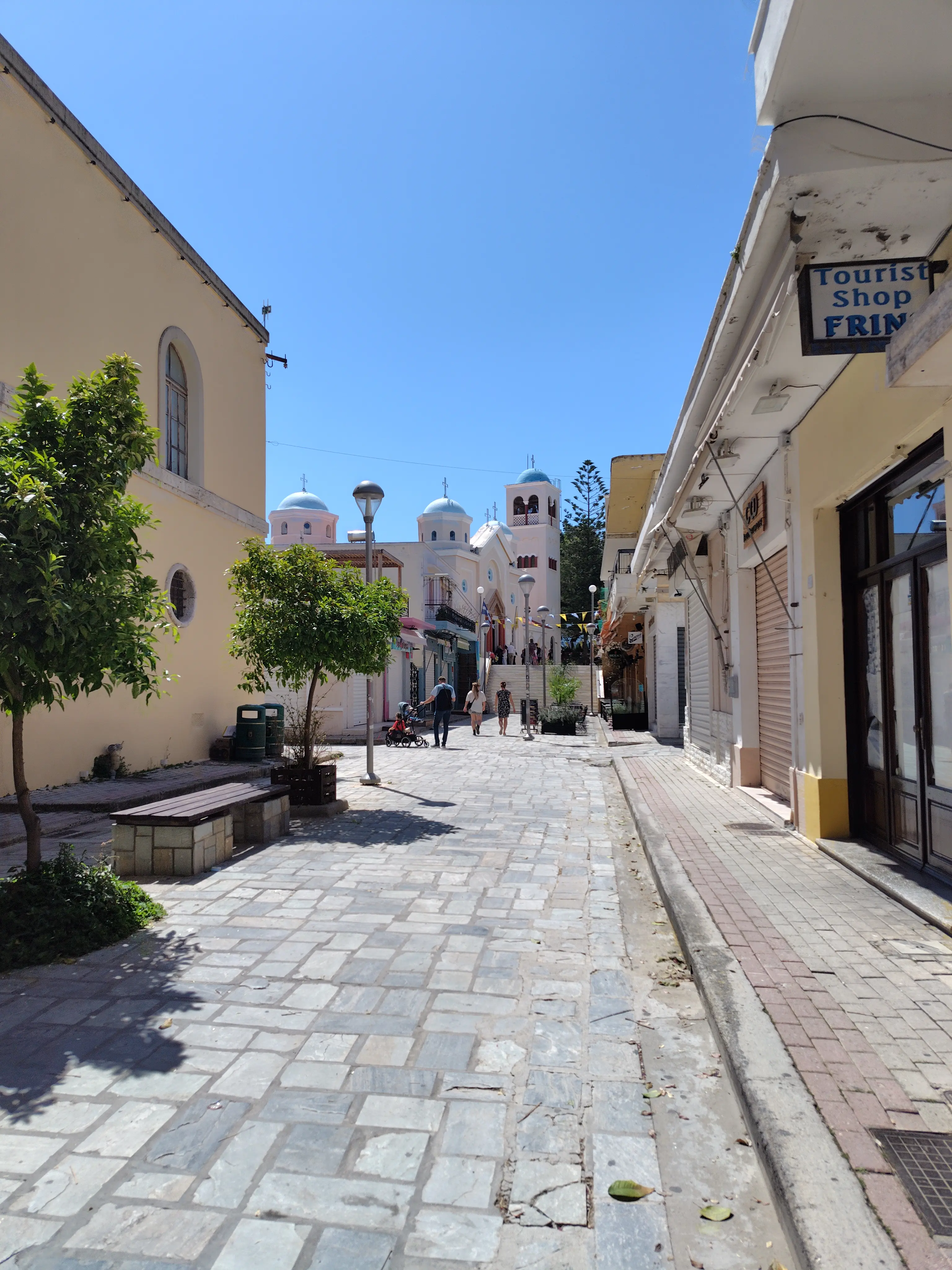
This is the another market area. Most shops are closed on Sunday like a ghost town. 🏛️ Ancient Agora
Step into 2,000 years of history at this open-air ruin of temples, columns, and Roman baths, once the heart of ancient Kos.
🌳 Hippocrates’ Plane Tree
Nearby stands the legendary tree under which Hippocrates is said to have taught. Though the current tree is about 500 years old, its symbolic legacy lives on.
✝️ Catholic Church of the Holy Cross – Agnus Dei
Agnus Dei, also known as the Church of the Holy Cross, is a lesser-known yet spiritually and architecturally striking site in Kos. Originally constructed in the 1920s, the church was tragically destroyed by the 1933 earthquake that reshaped much of the island’s architecture. What stands today is a beautifully restored structure surrounded by serenity.
To reach it, you’ll walk about 100 meters through a lush, green forest path, which opens up to reveal a majestic white church, tucked quietly among tall trees. Its peaceful setting and elegant architecture make it a unique stop—especially for travelers seeking quiet reflection or hidden landmarks beyond the usual tourist trail.
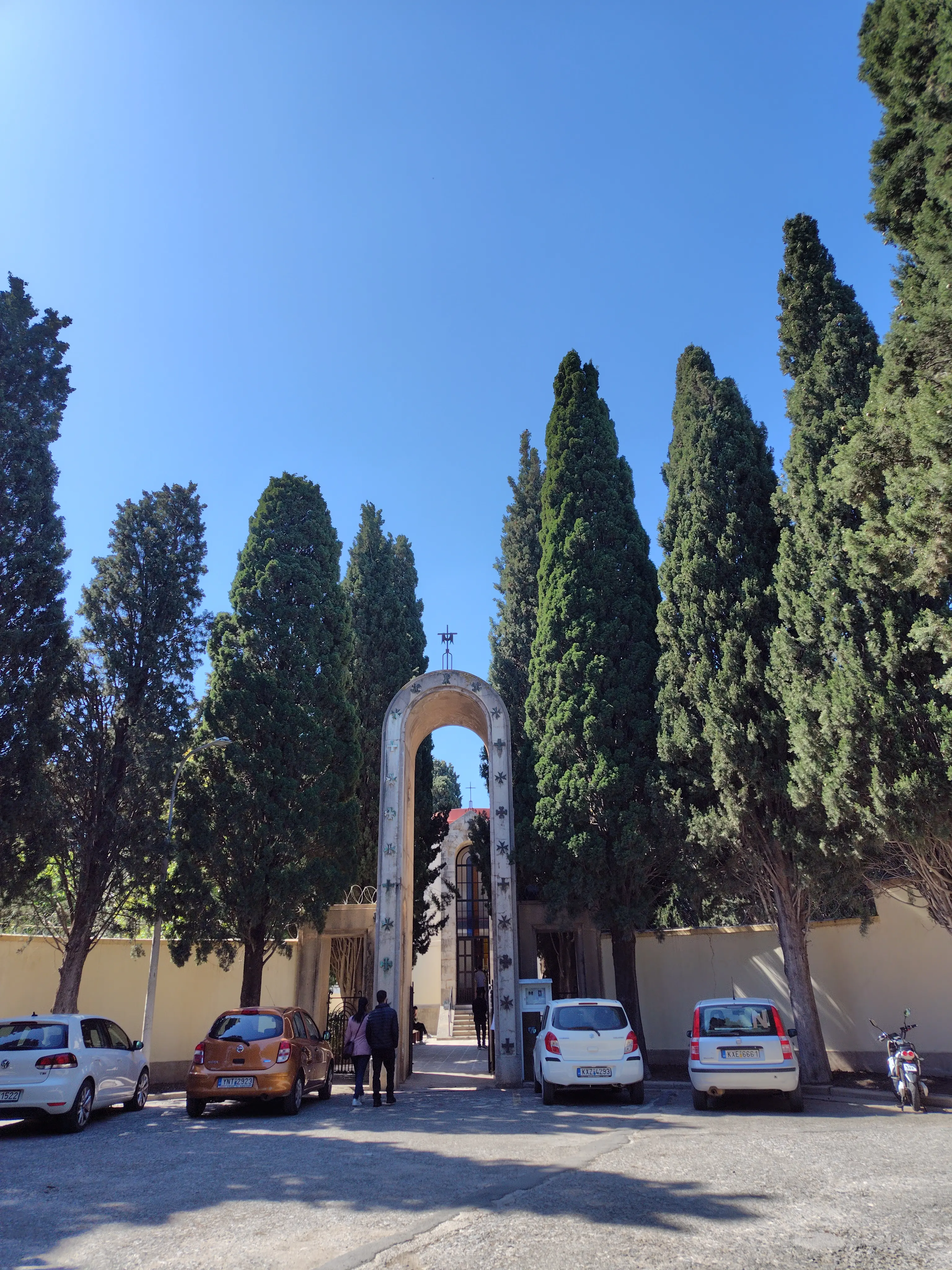
🎭 Roman Odeon
Just steps away from the Catholic Church of the Holy Cross (Agnus Dei) lies one of Kos’s most impressive archaeological sites: the Roman Odeon, a large open-air theater dating back to the 2nd century AD.
This ancient amphitheater was first discovered and excavated by Italian archaeologists nearly a century ago. Then, in the late 1990s, it underwent a significant second phase of restoration, which continued for nearly five years to preserve its historical integrity.
Today, the Roman Odeon stands as a well-preserved testament to the island’s Roman past, featuring rows of marble seating, a partially restored stage, and excellent acoustics. It is open to the public year-round, free of charge, making it an easy and rewarding cultural stop while exploring Kos Town.

🏰 Kos Castle (Castle of the Knights)
Overlooking the harbor, this 15th-century fortress offers incredible views and a feel of the island’s medieval past.
🌅 Dinner by the Harbor
Dine at a waterfront taverna with seafood meze, Greek wine, and castle views. End the day with a sunset walk along the promenade.
Day 2: Ancient Healing, Mountain Views & Beach Bliss
🏺 Asclepieion of Kos
One of the island’s most important archaeological sites—a fascinating blend of ancient medicine, mythology, and architecture. Built after the 4th century BC, this ruined medical school, hospital, and healing temple was once a major center for medical learning and spiritual healing in the ancient world.
The sanctuary is closely associated with Hippocrates, the father of modern medicine, who either studied or taught here. Even Hippocrates’ father, also a physician, is believed to have received his education at this very site.
Set on a hillside with panoramic views of the sea and nearby Turkey, the Asklepion offers not only a journey through ancient Greek medical history but also one of the most scenic walks in Kos.
🏡 Zia Village
Stop by this mountain village known for its cobbled lanes, artisan crafts, and breathtaking island panoramas. Have a Greek coffee or freshly squeezed orange juice with a view.
✅ Tip: Visit in late afternoon to enjoy the golden hour.
🏖️ Lambi Beach
This beach is the closest beach to the main Kos port, located just a 10-minute walk from the ferry terminal, making it an ideal choice for travelers arriving by boat or looking for a quick dip without venturing far from town.
The beach features crystal-clear Aegean waters, a mix of soft sand and pebbles, and a relaxed, inviting atmosphere. When I visited in early April, the beach was tranquil, with only a handful of swimmers enjoying the water while others lounged on the free sunbeds under parasols. (Note: these sunbeds are likely available for rent during the busy summer months.)
🦐 Nearby Amenities:
Within walking distance, you’ll find a great selection of seafood tavernas, cozy cafes, and ice cream shops, making it easy to spend an entire afternoon or day soaking up the sun and enjoying local flavors.
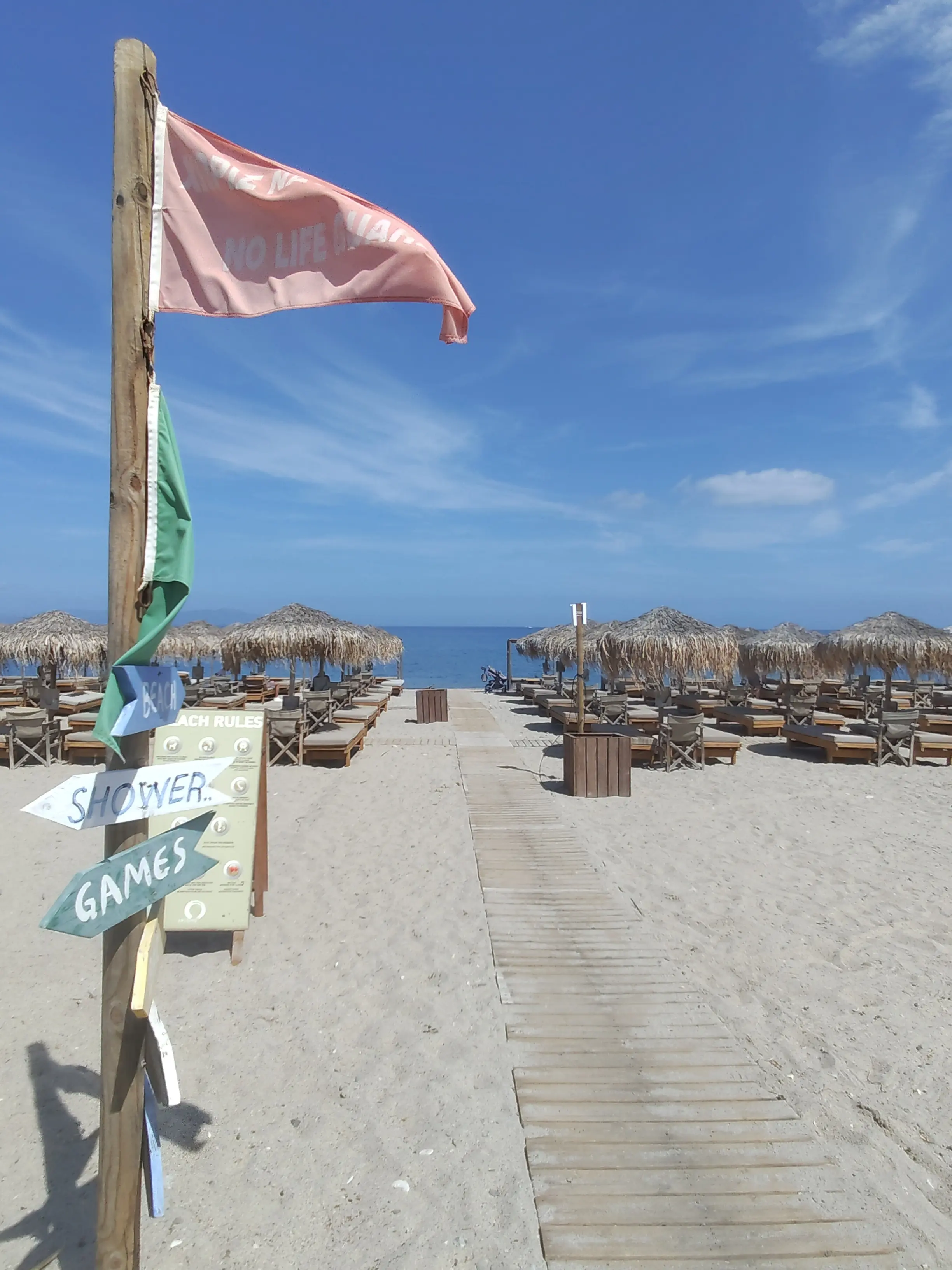
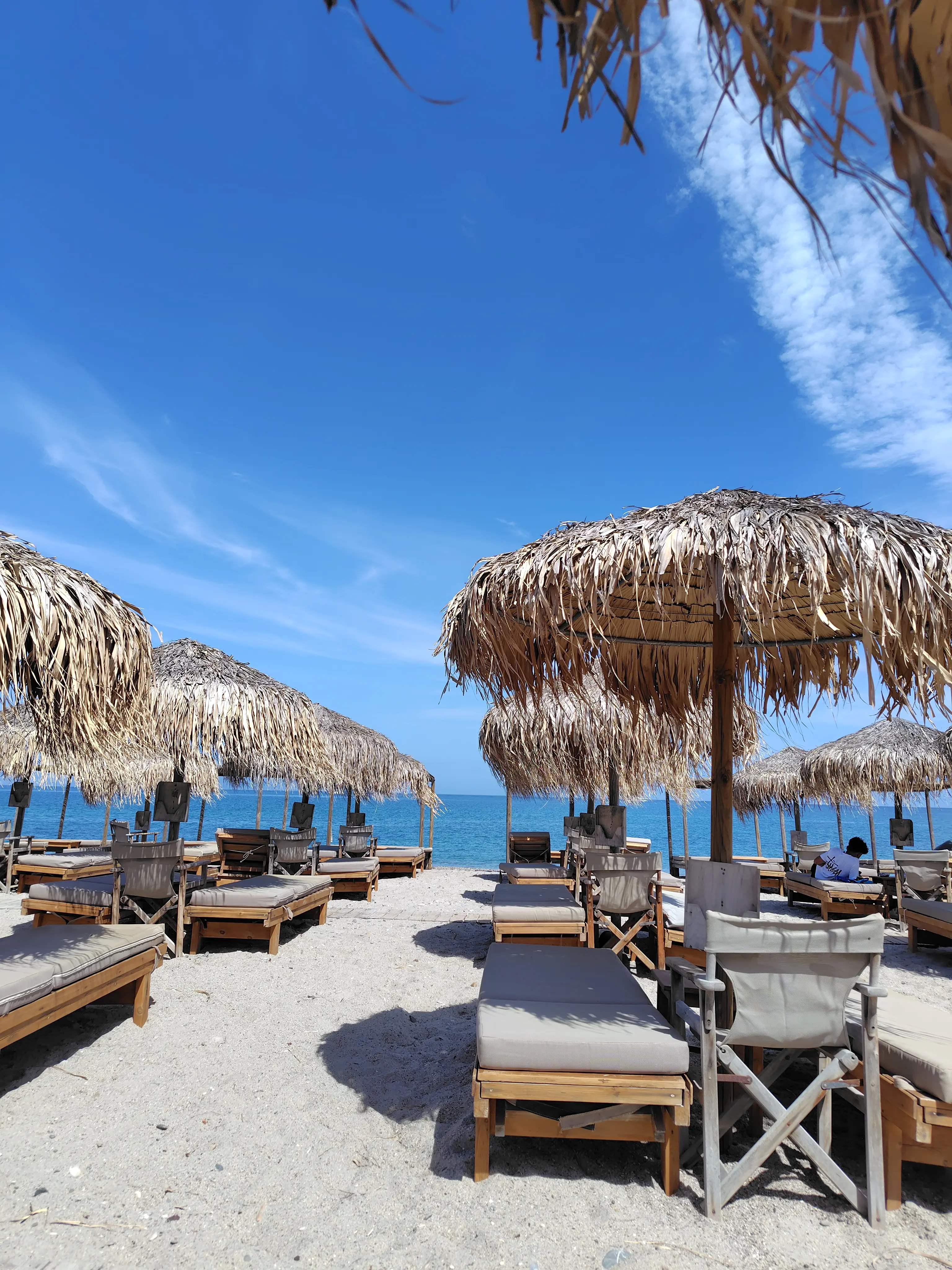
🌅 Sunset & Evening Drinks
Wrap up your weekend with drinks along the harbor as the sun sets behind the distant Turkish hills. A fitting end to your island escape.
🍴 What to Eat in Kos
🥐 Local Greek Bakeries
Every block has a local bakery! Grab a cappuccino and try ham & cheese pies or orange-flavored muffins. Stand with the locals at the counter—it’s the Greek way.
🍮 Manteigaria (Pastel de Nata)
Though better known in Lisbon, some local Greek bakeries also offer delicious custard tarts—try them fresh and warm!
🥣 A Merendeira
Popular with locals for budget meals: creamy potato soup, hot salami sandwich, and custard pudding. A simple, comforting option.
🐟 RESTAURANTE OS BAROES
Hidden gem near Kos Town. This small, authentic seafood restaurant is mostly frequented by locals. The friendly staff welcome solo travelers warmly.
✅ Tip: Ask for the fresh catch of the day. Prawns and grilled octopus are usually excellent.
💡 Essential Kos Travel Tips
- Power Sockets: Type C & F (European standard)
- Language: Greek, but English widely spoken
- Currency: Euro (€); carry cash for small purchases
- Wi-Fi: Available in most cafés and accommodations
- Safety: Very safe, even for solo travelers
- Customs: Tip 5–10% at restaurants if service was good
🔍 Map Your Adventure
Kos may not be as famous as Santorini or Mykonos, but its charm is quieter, deeper, and more authentic. With ancient ruins, scenic beaches, and friendly locals, it’s the perfect place for a short but soul-refreshing escape.
If you're planning a long weekend in Greece, let Kos surprise you. You’ll leave with sun-kissed skin, a full heart, and a camera roll of unforgettable views.
